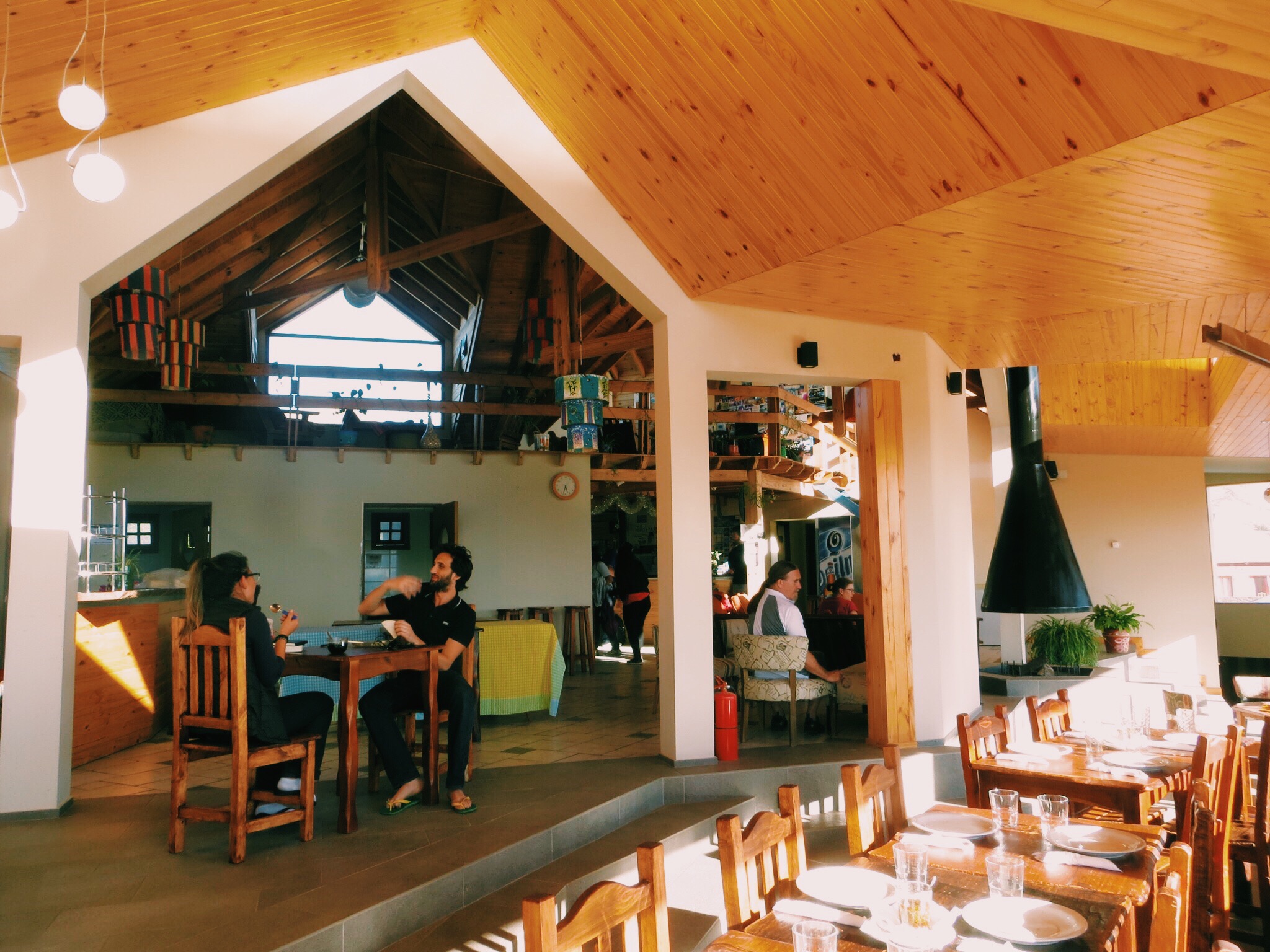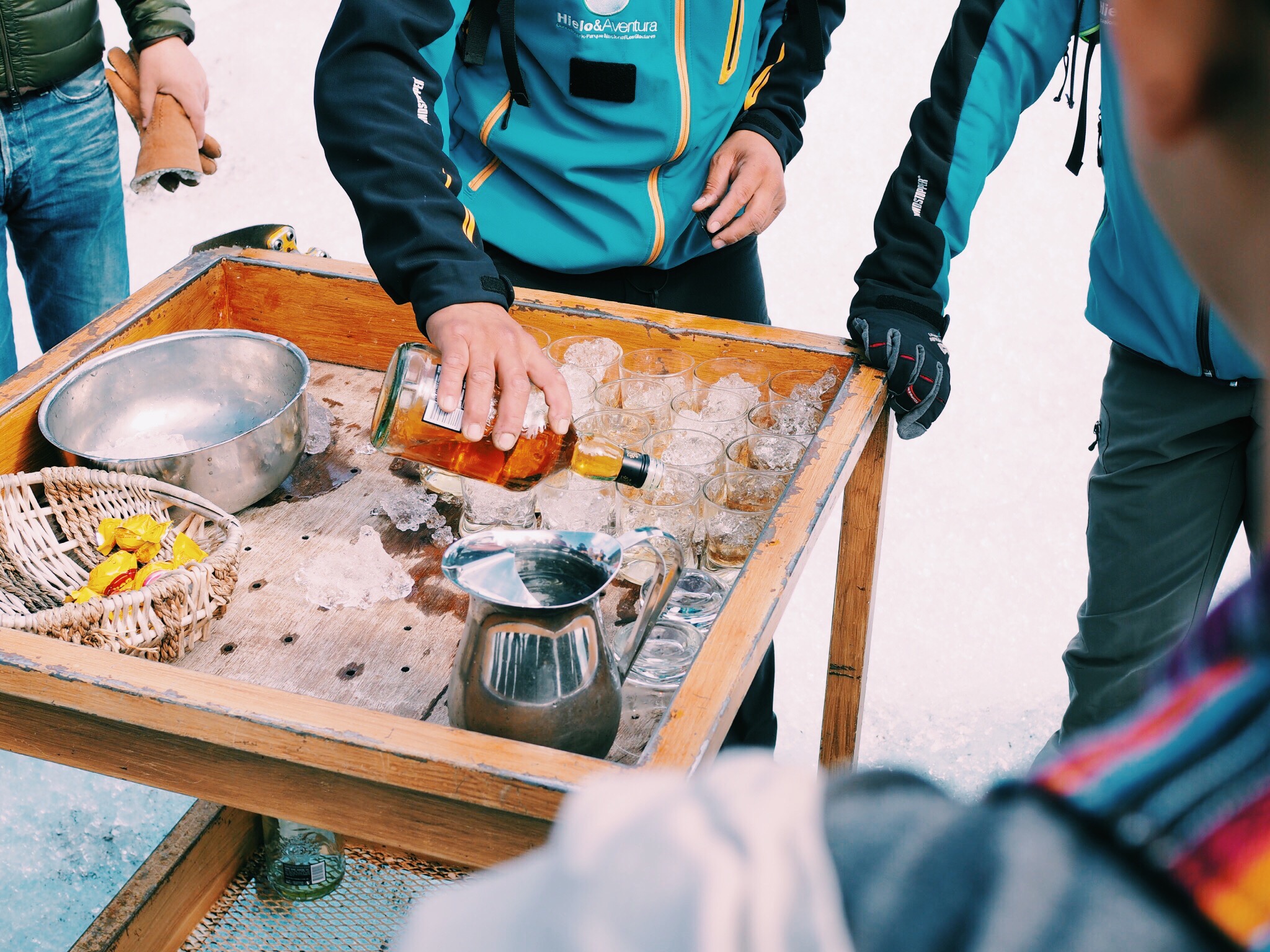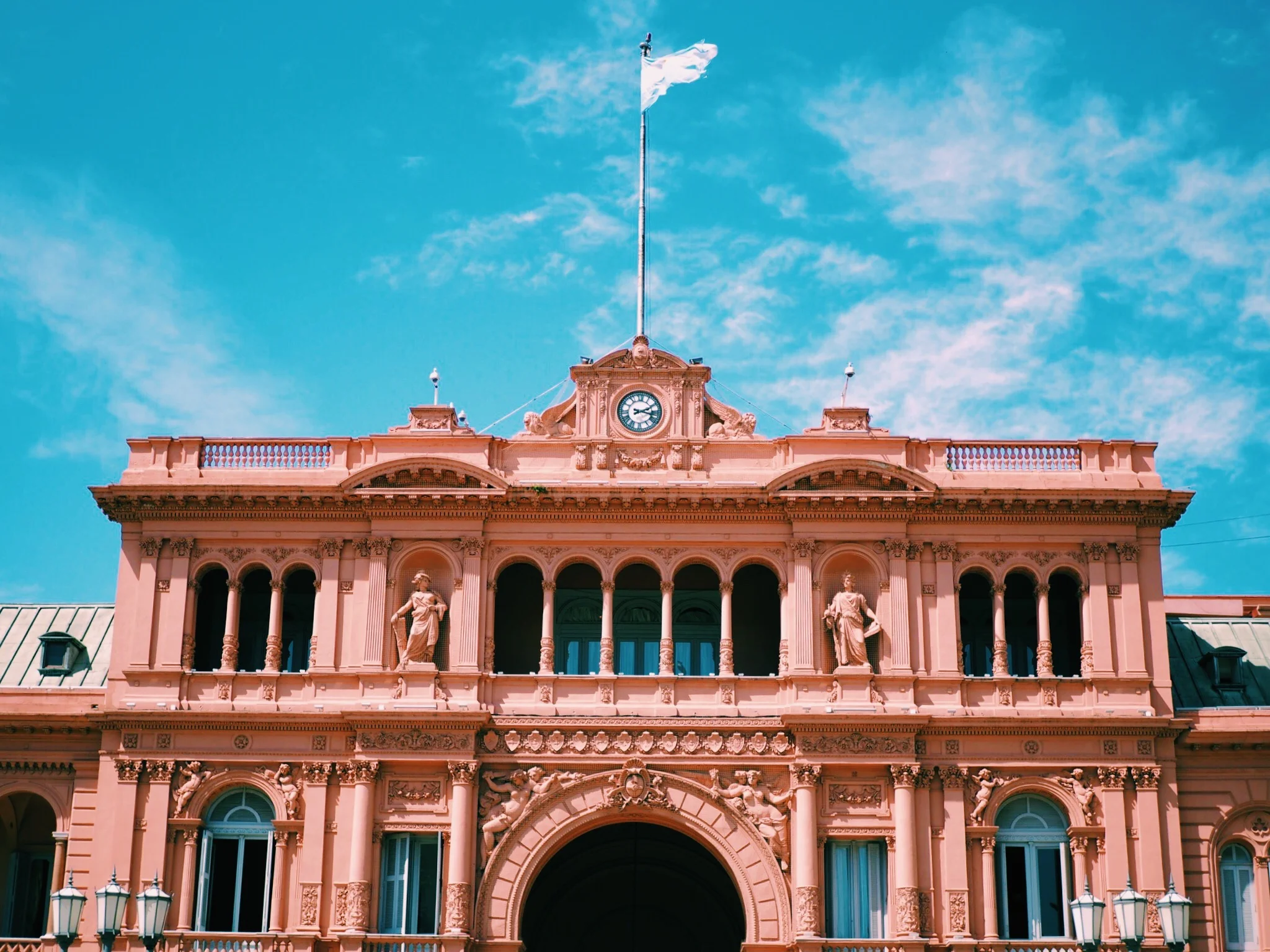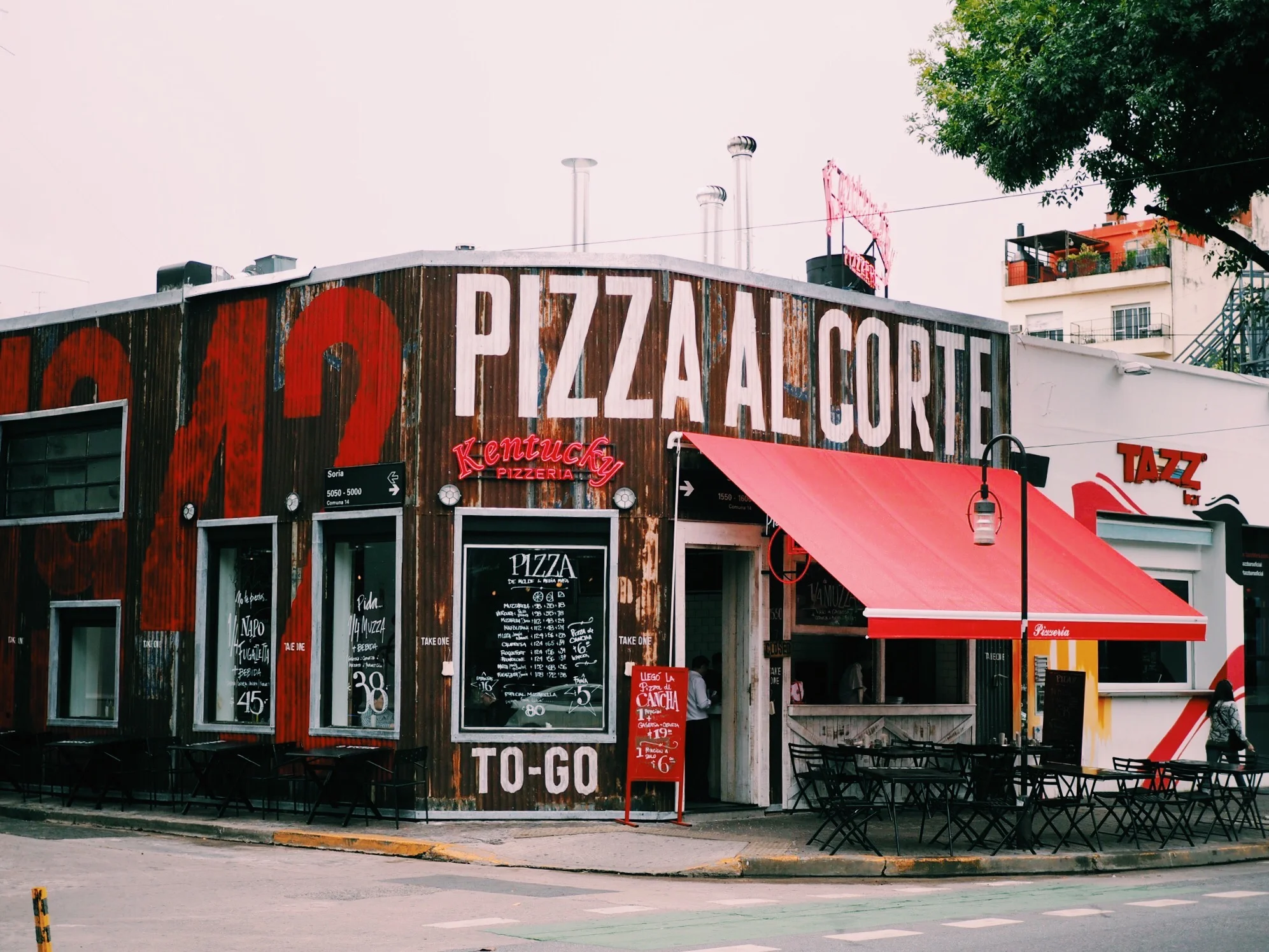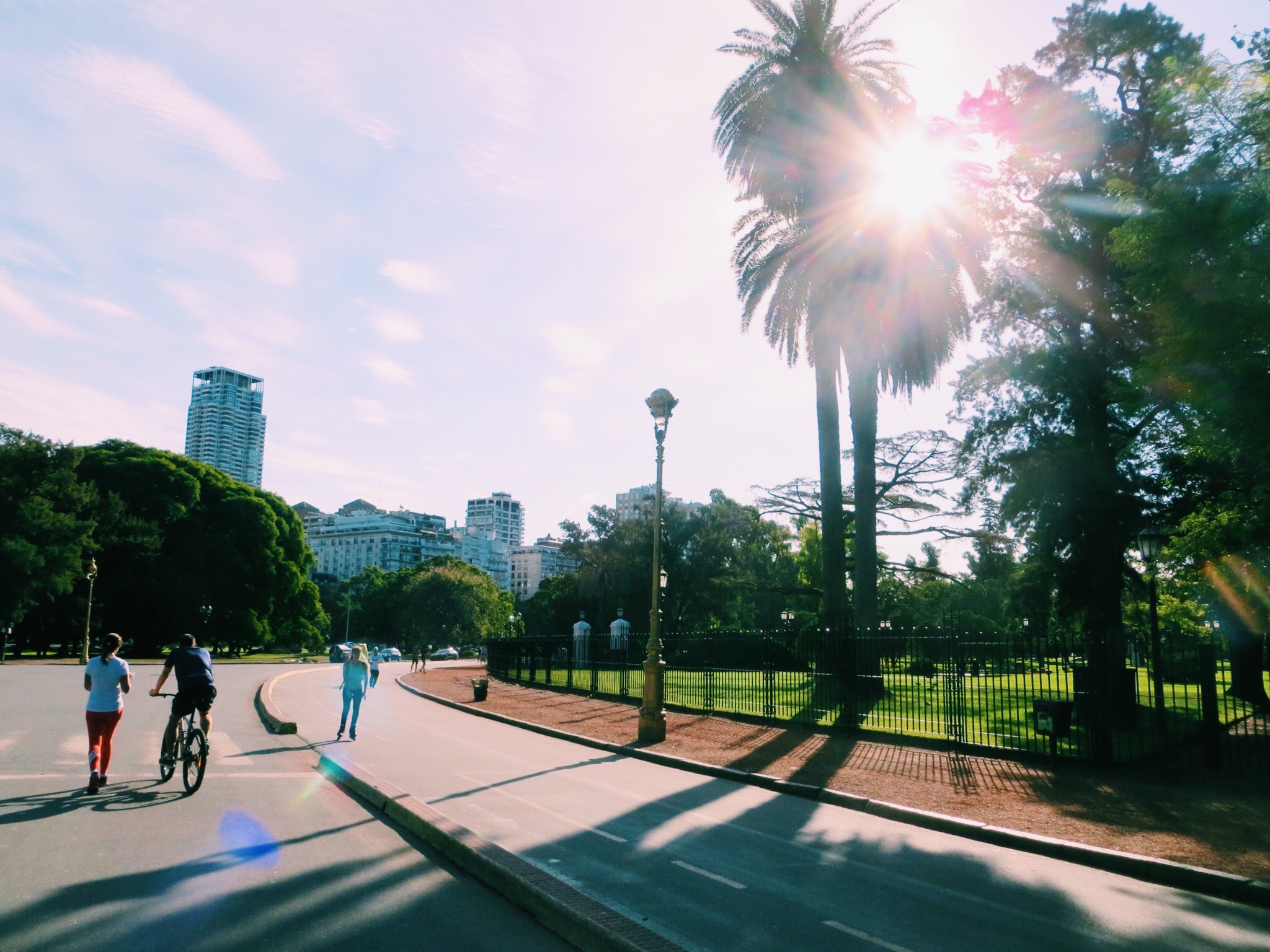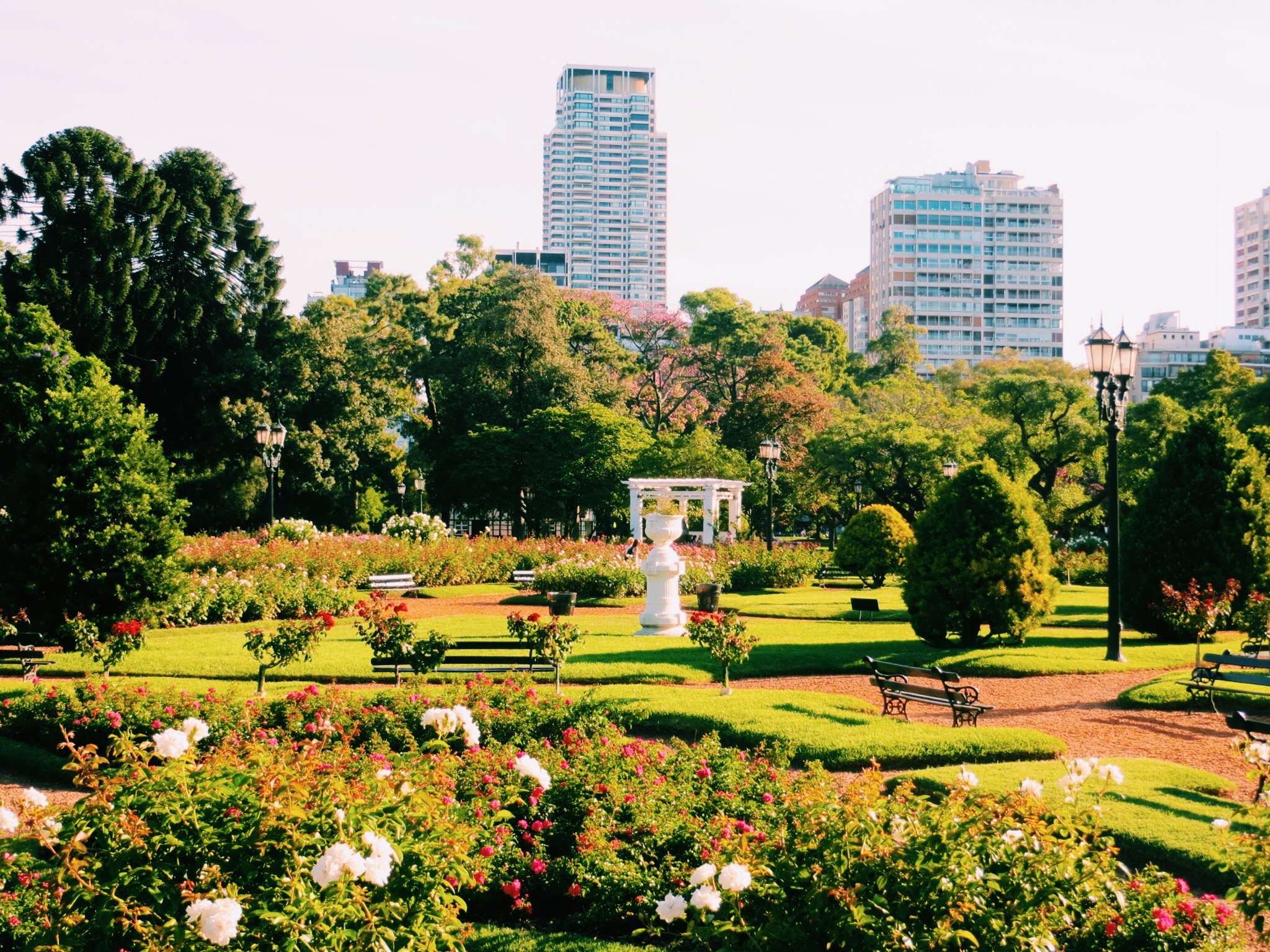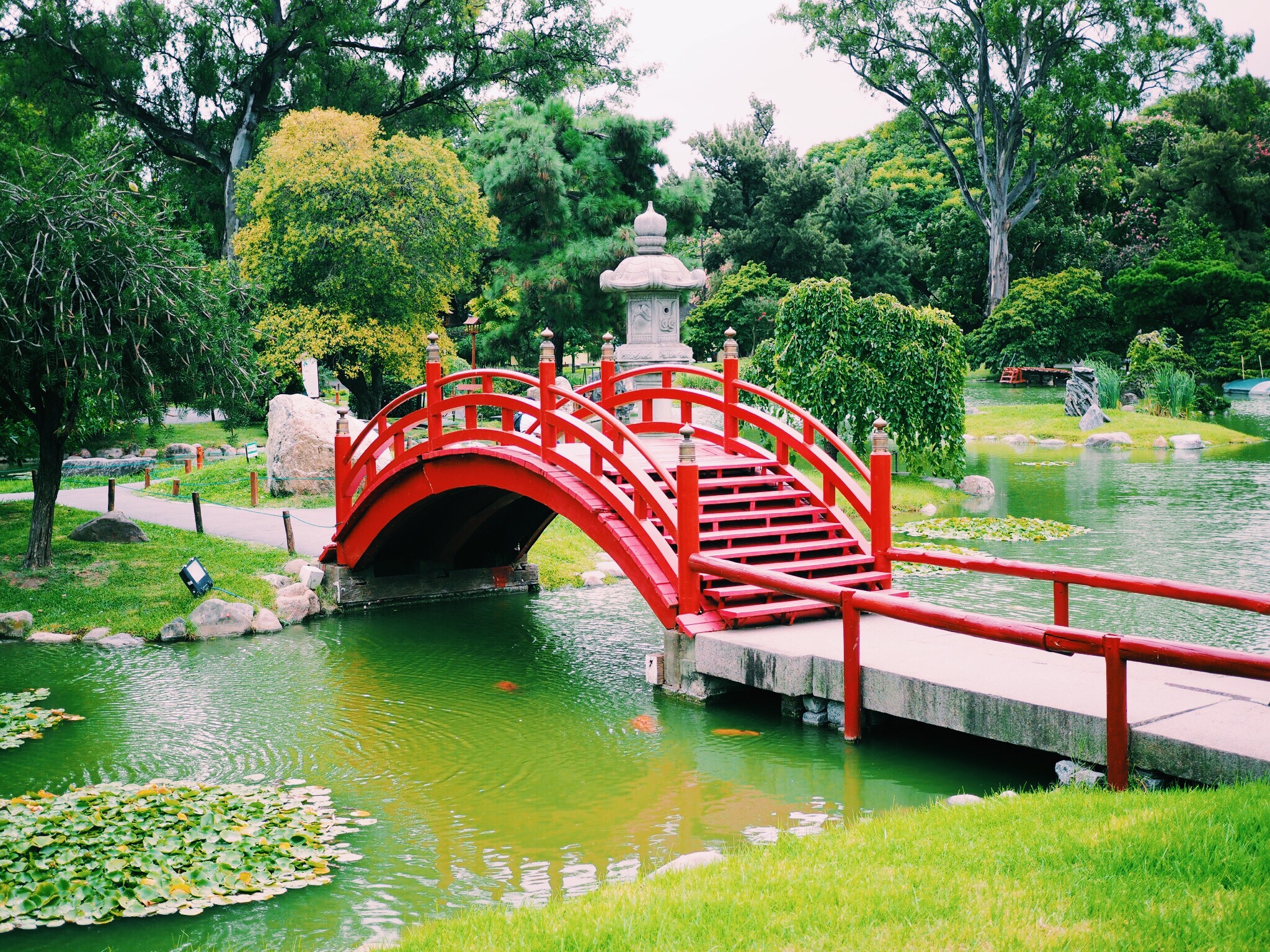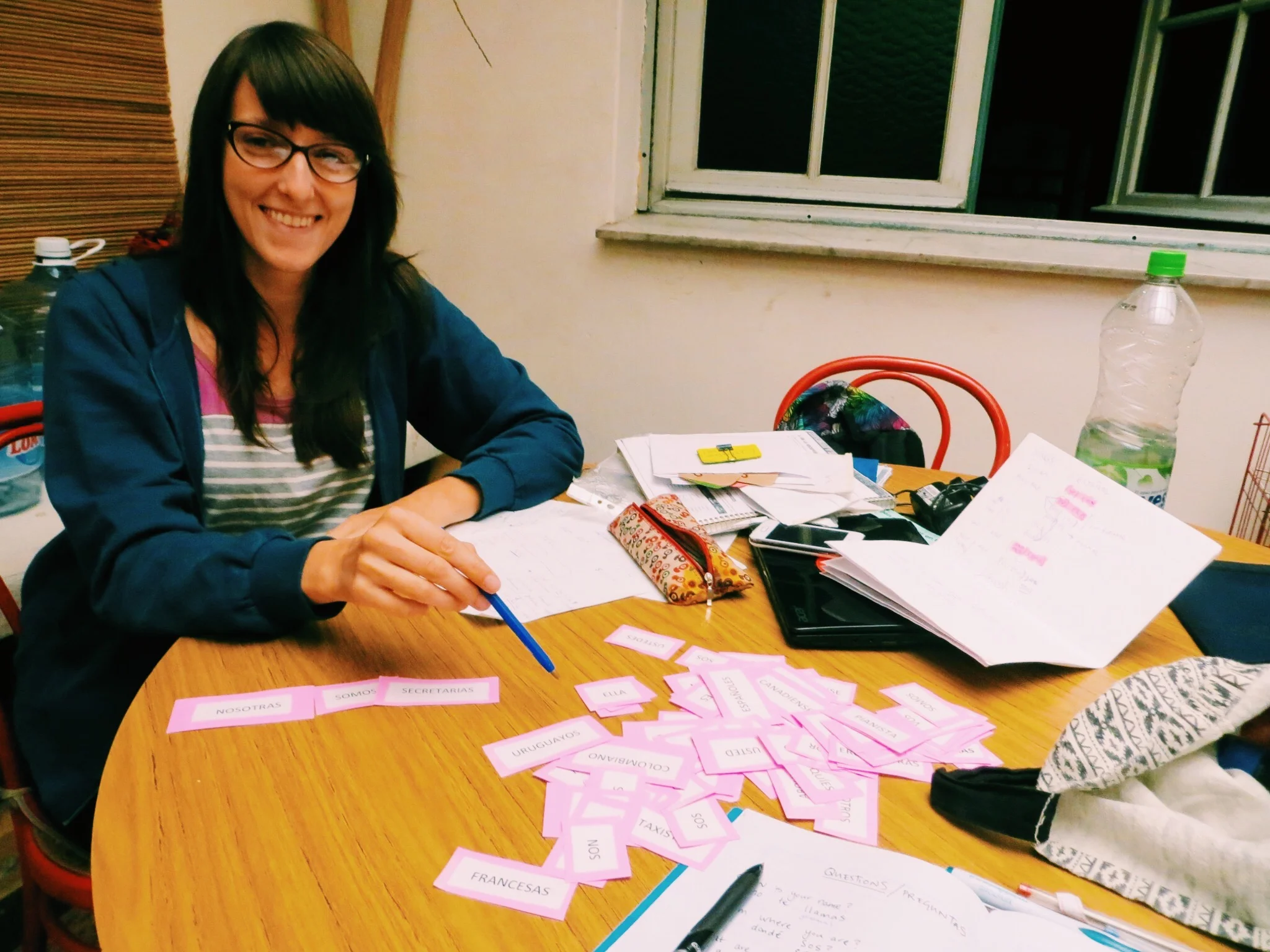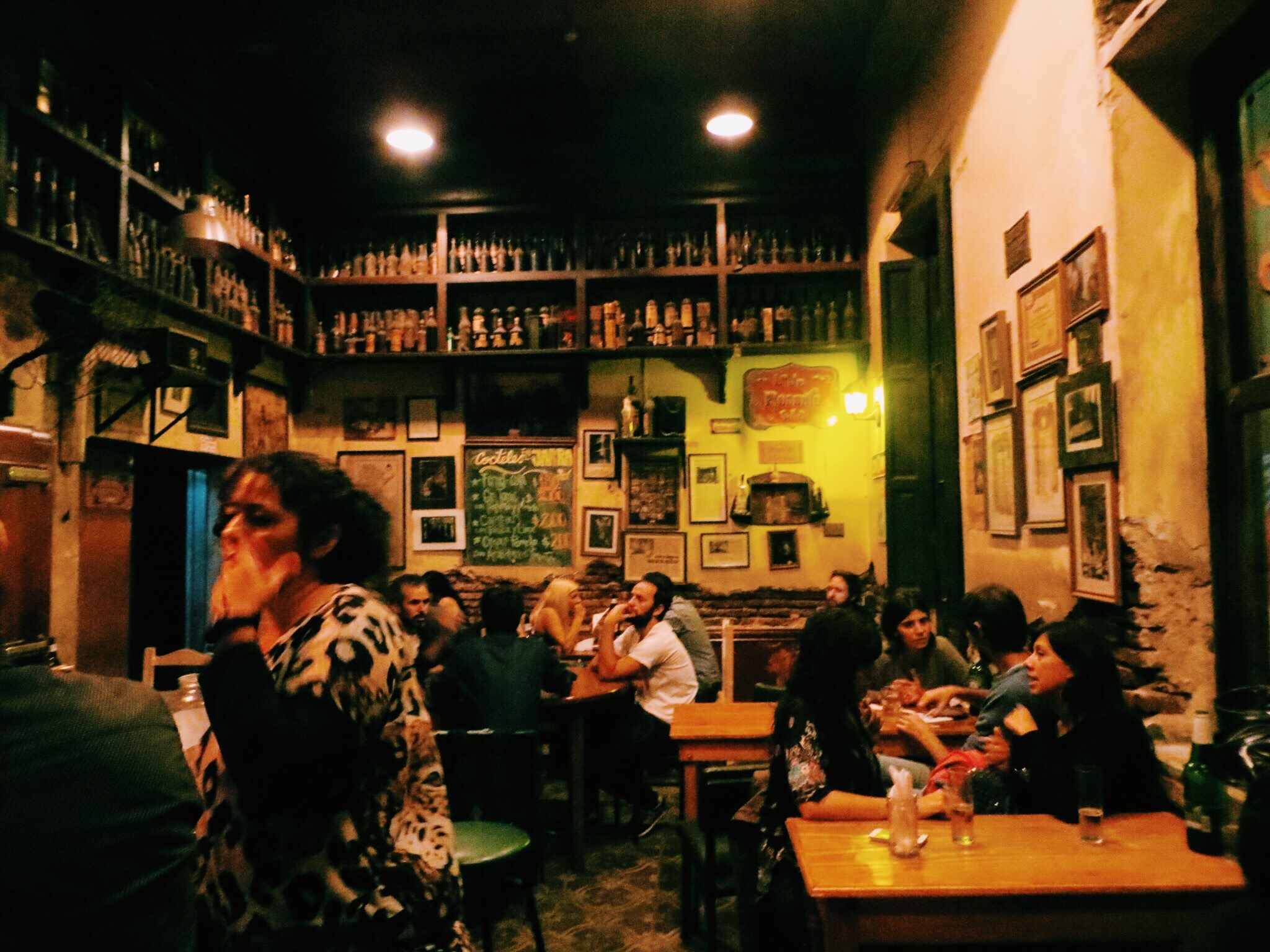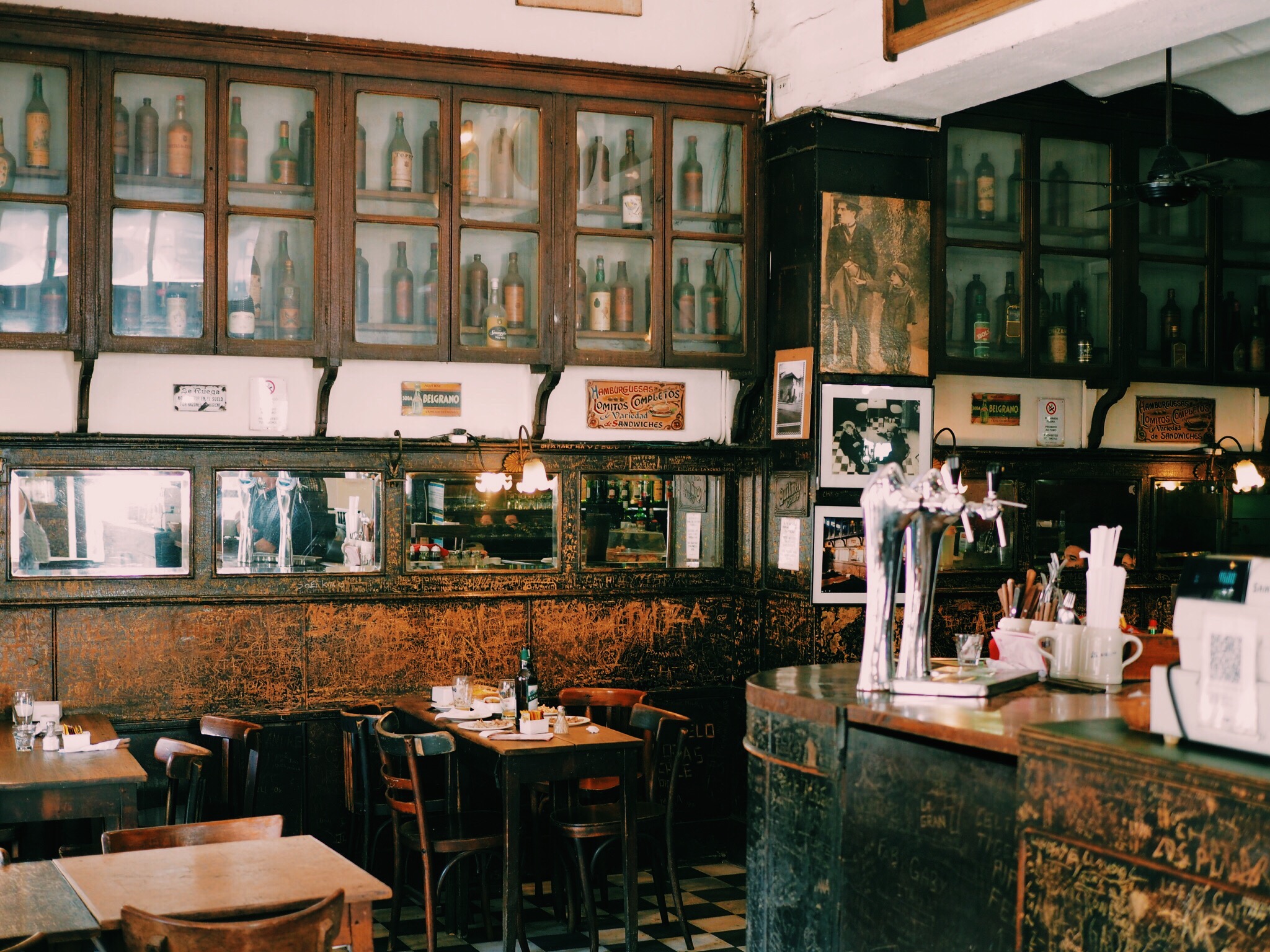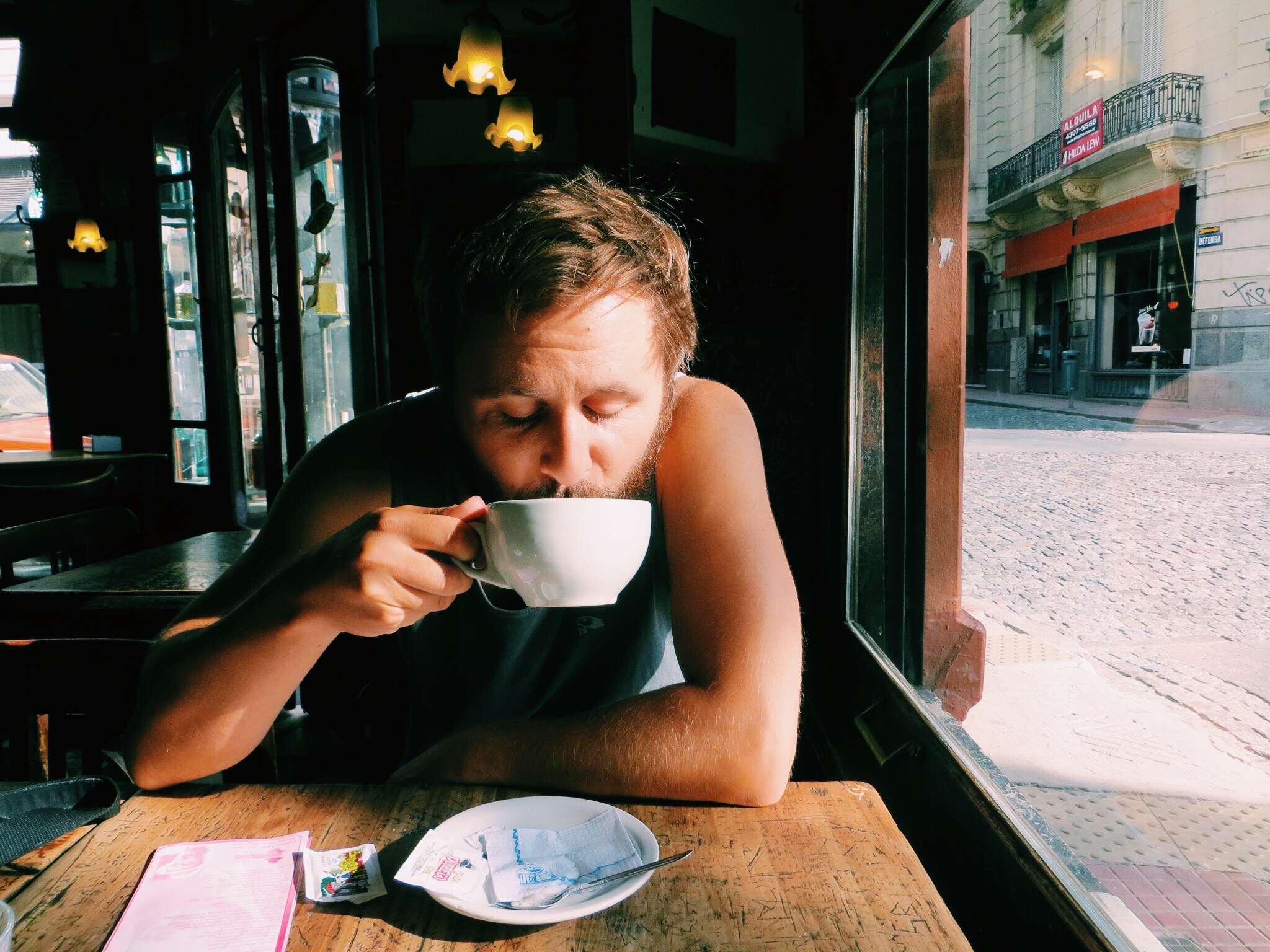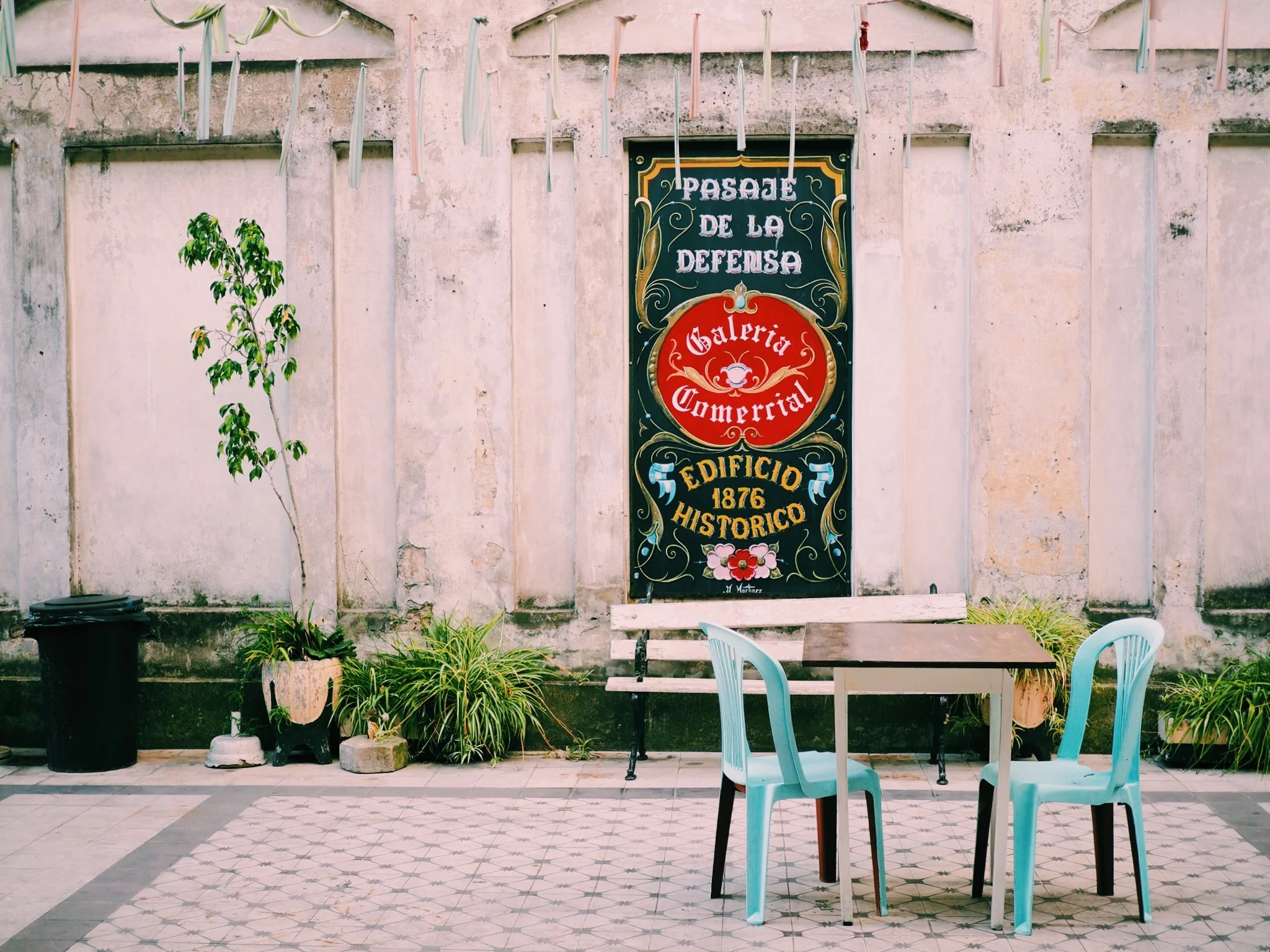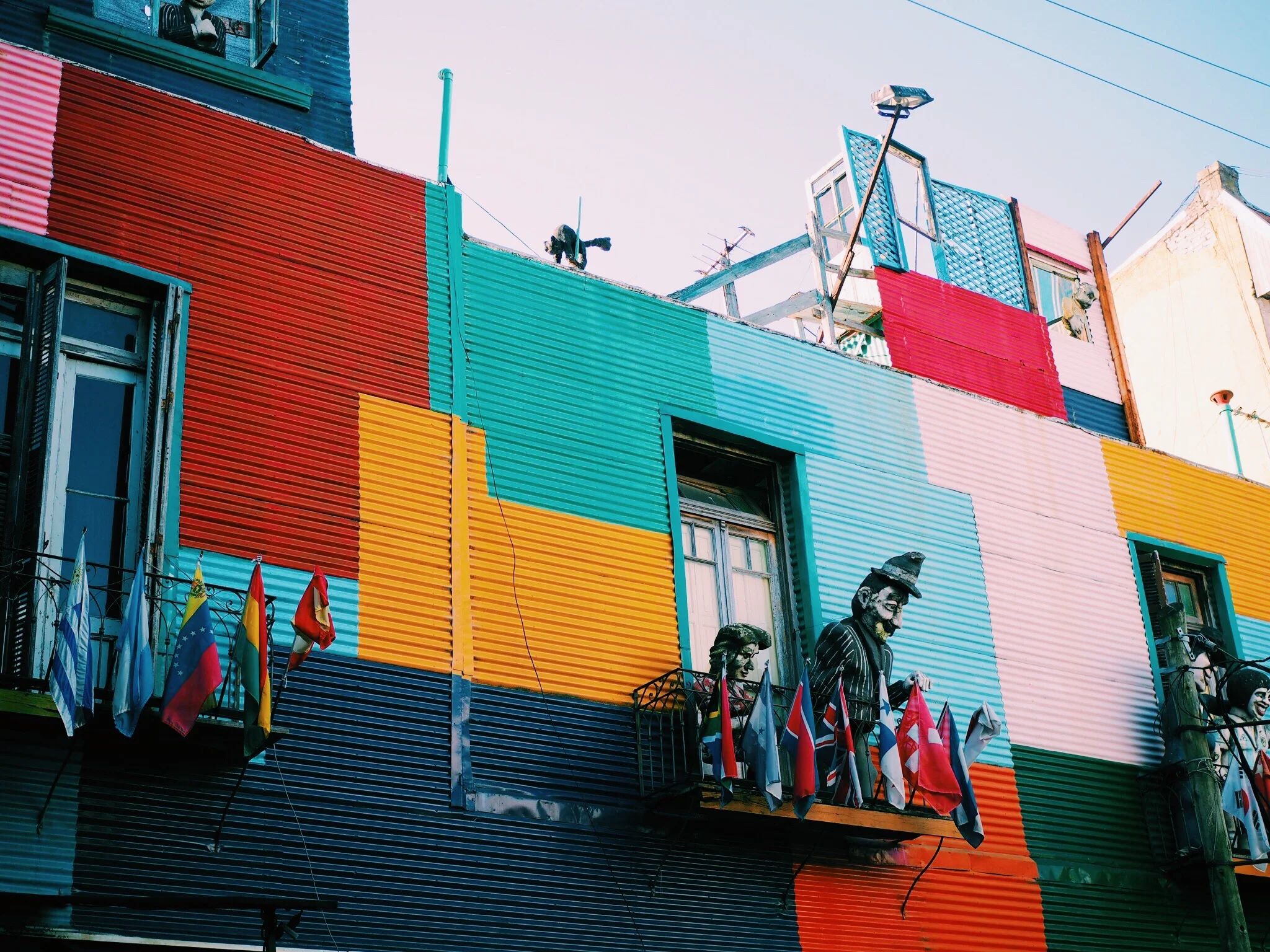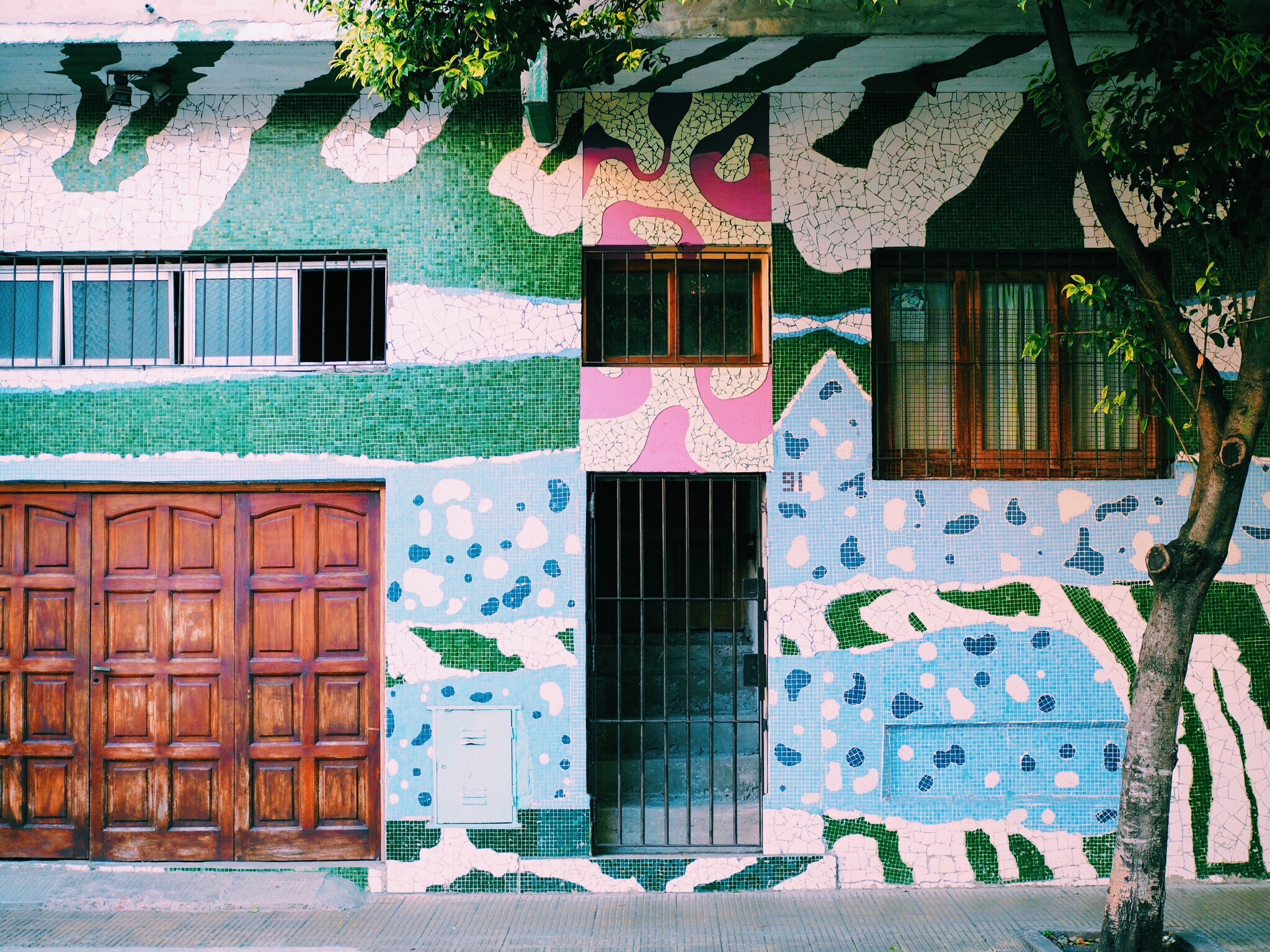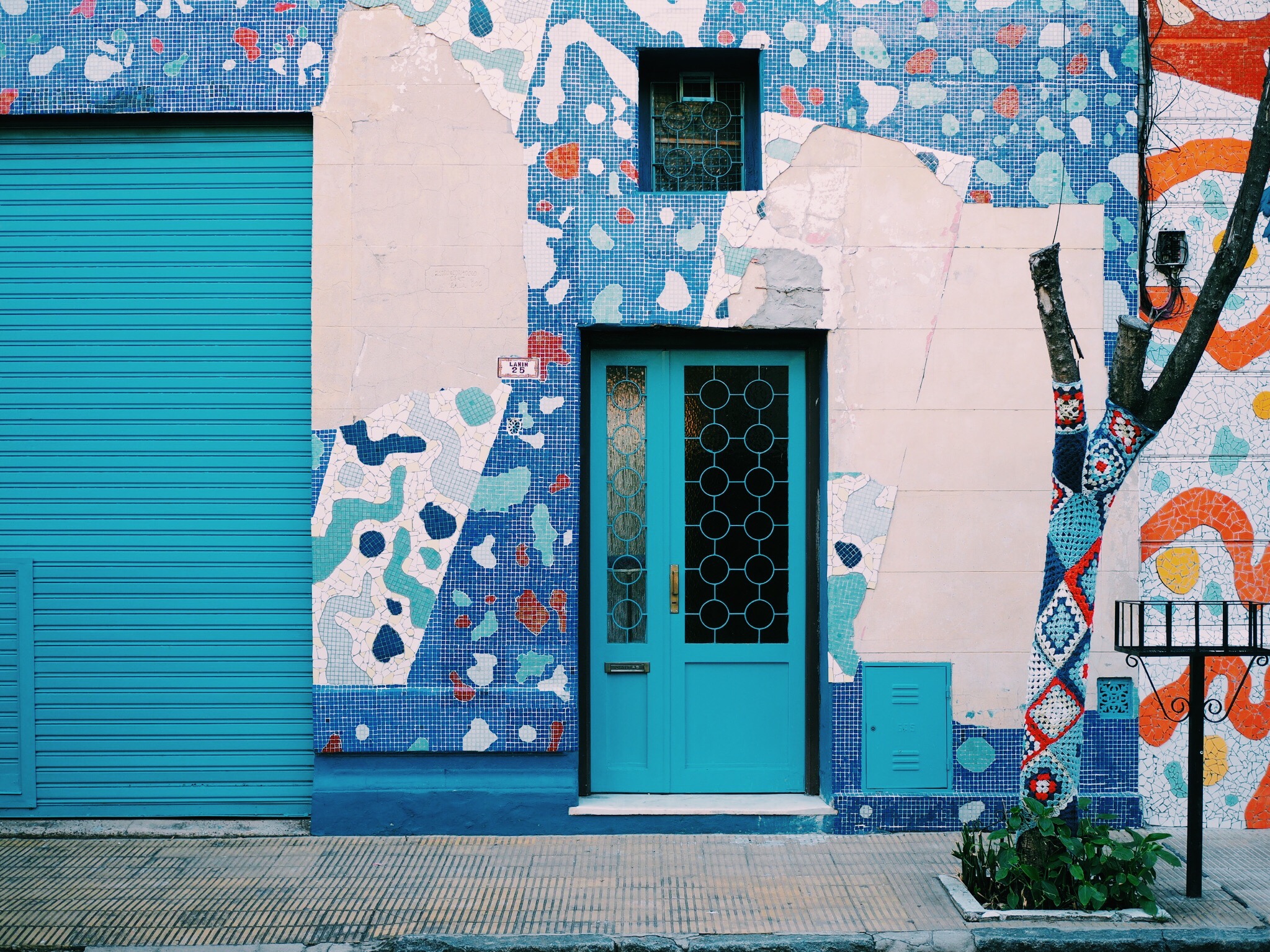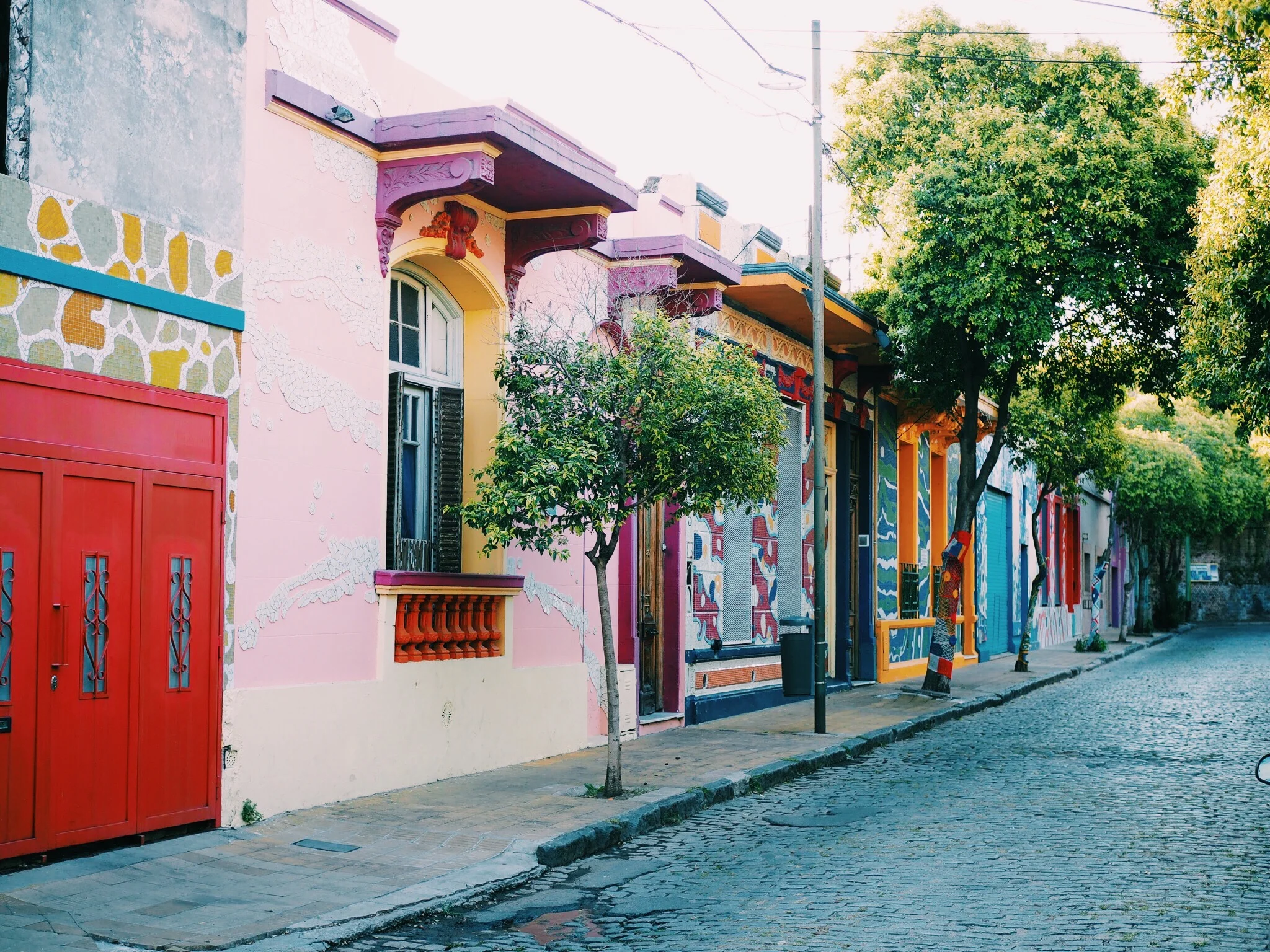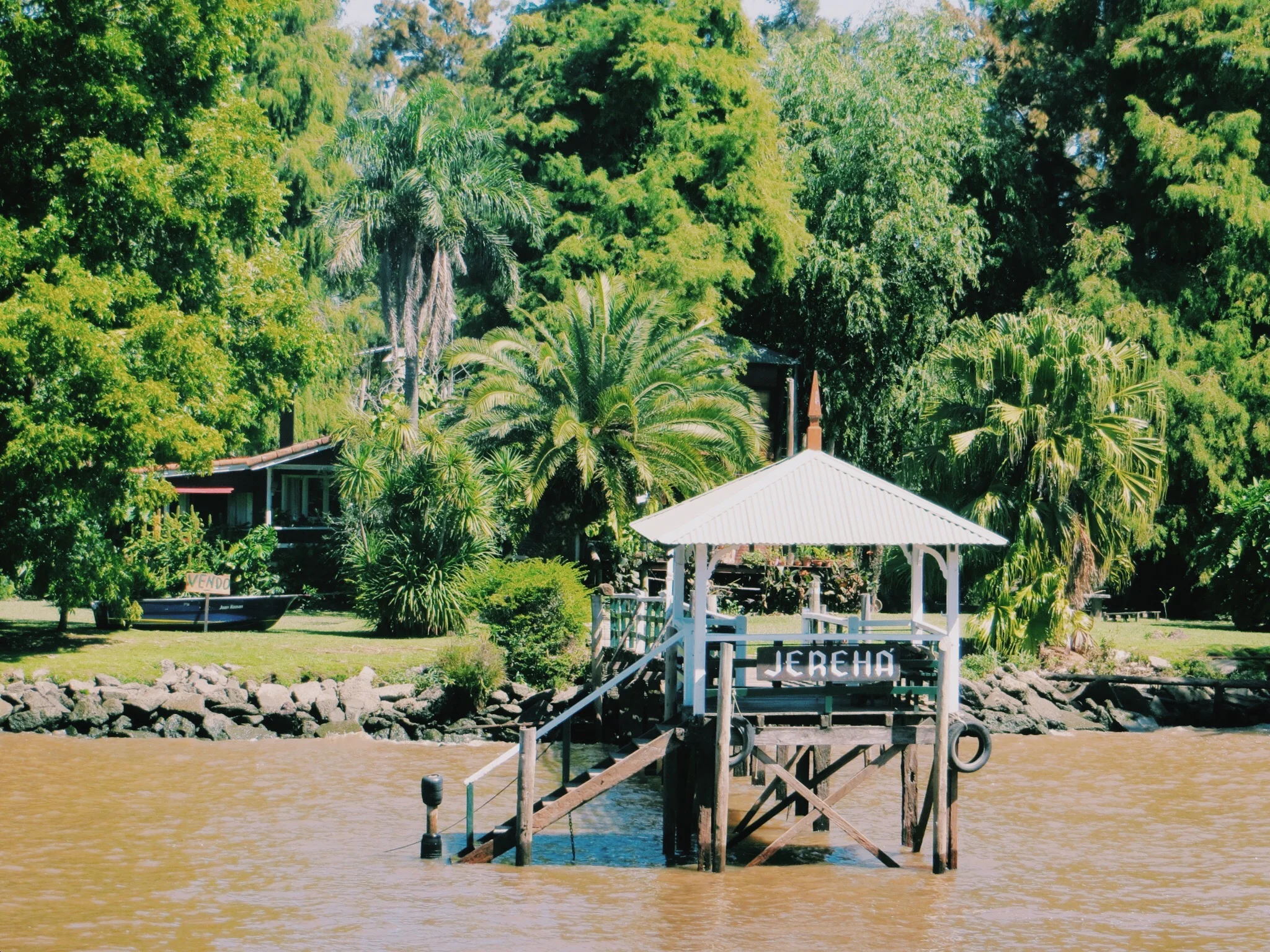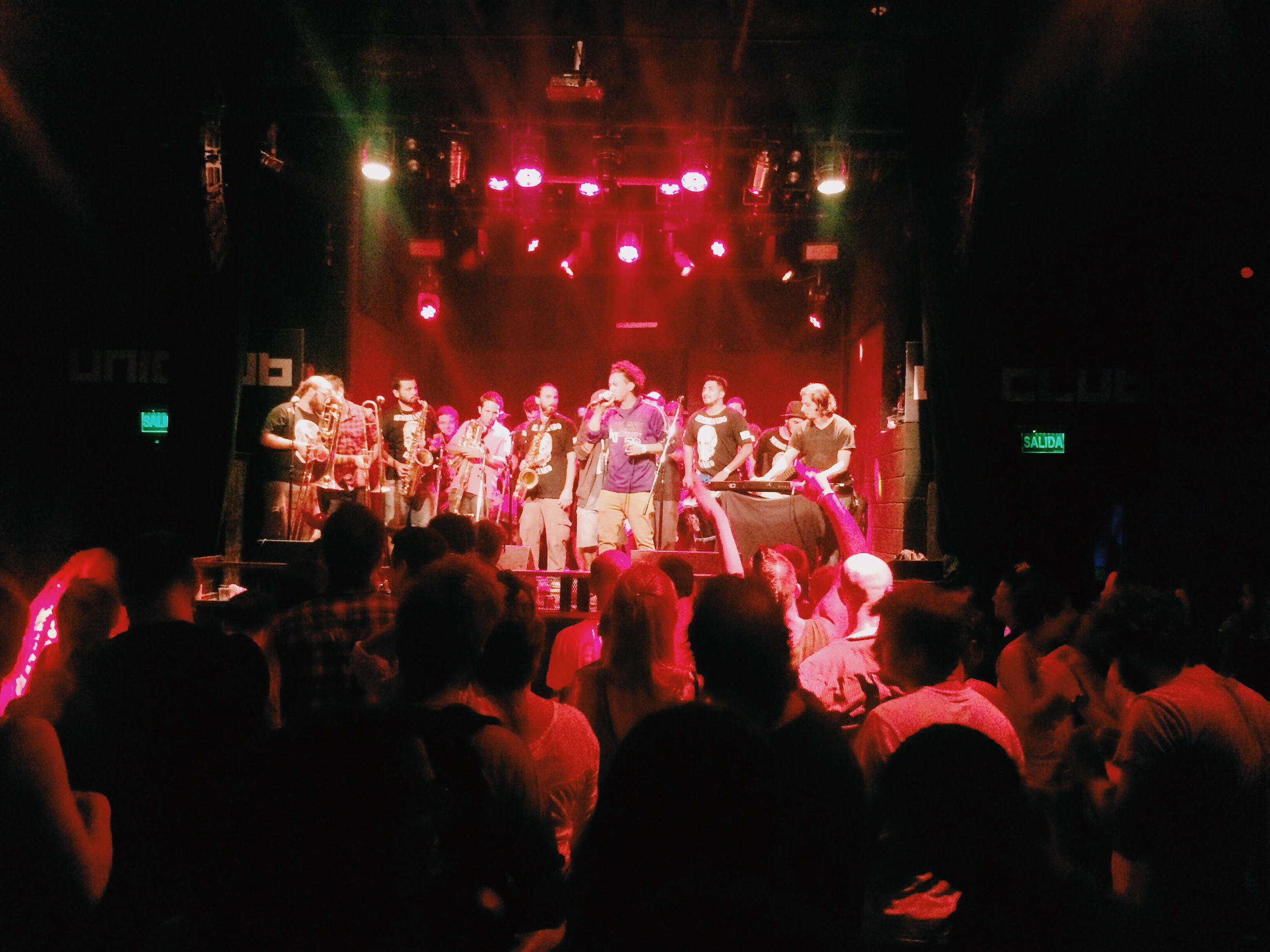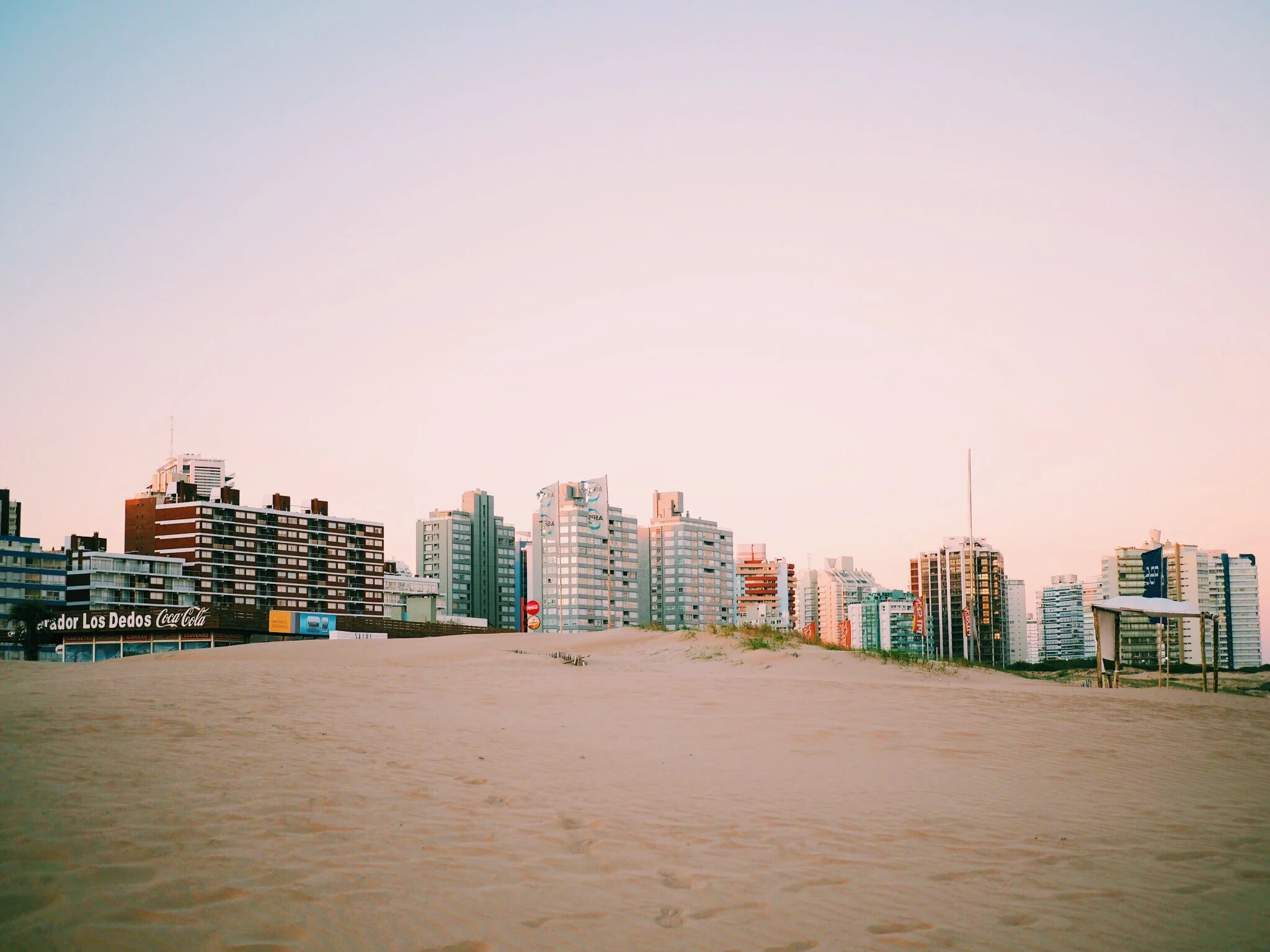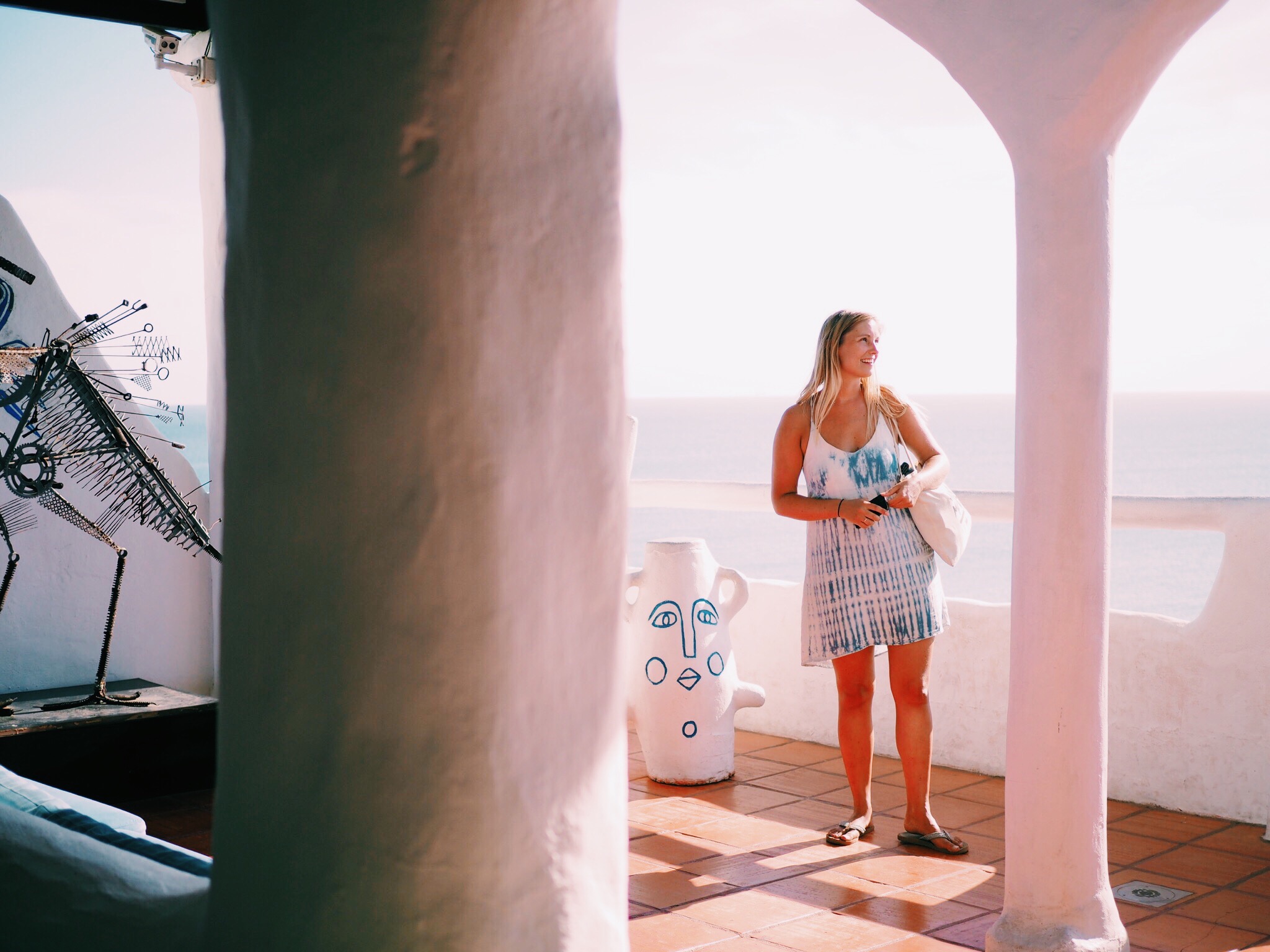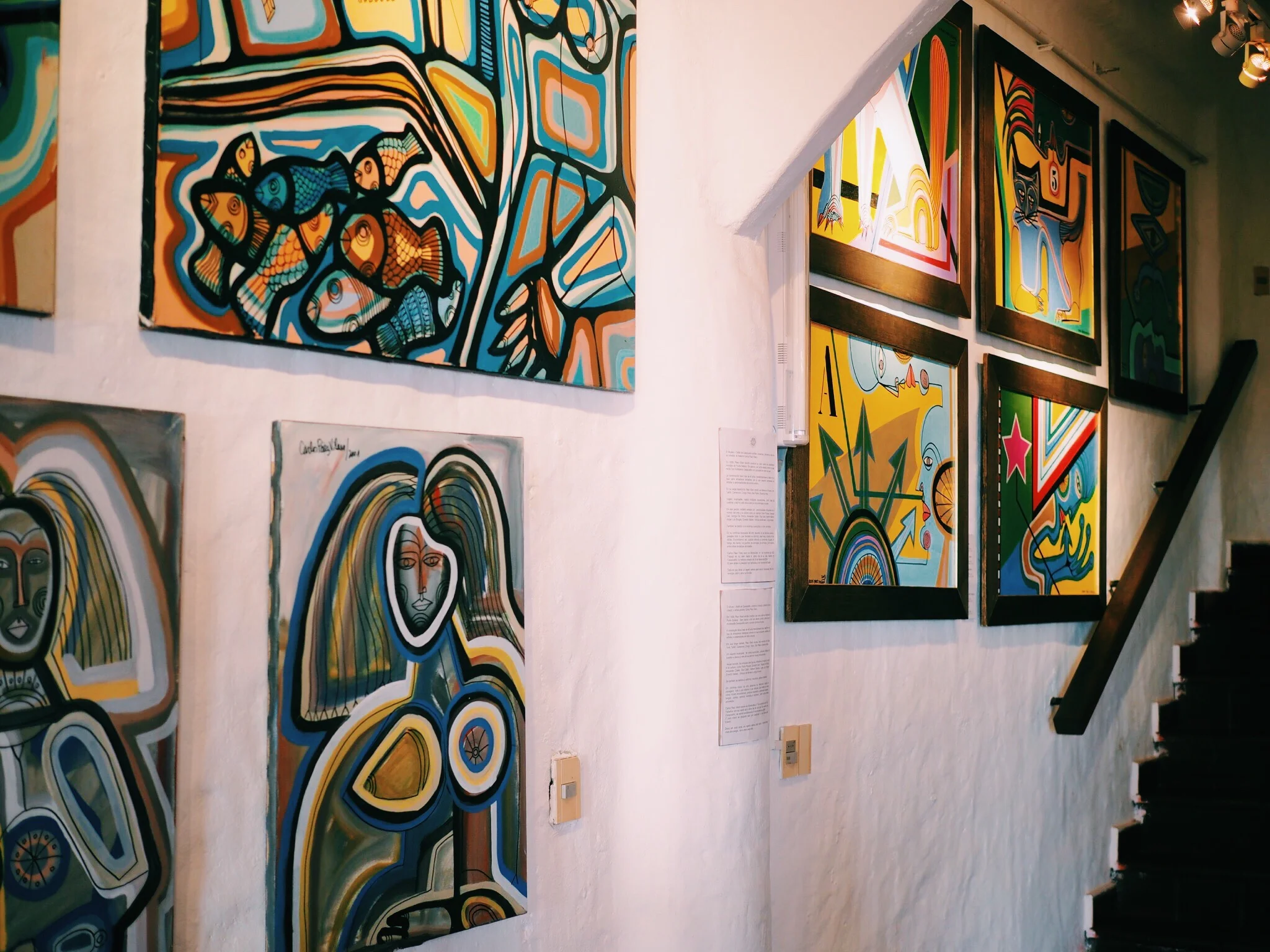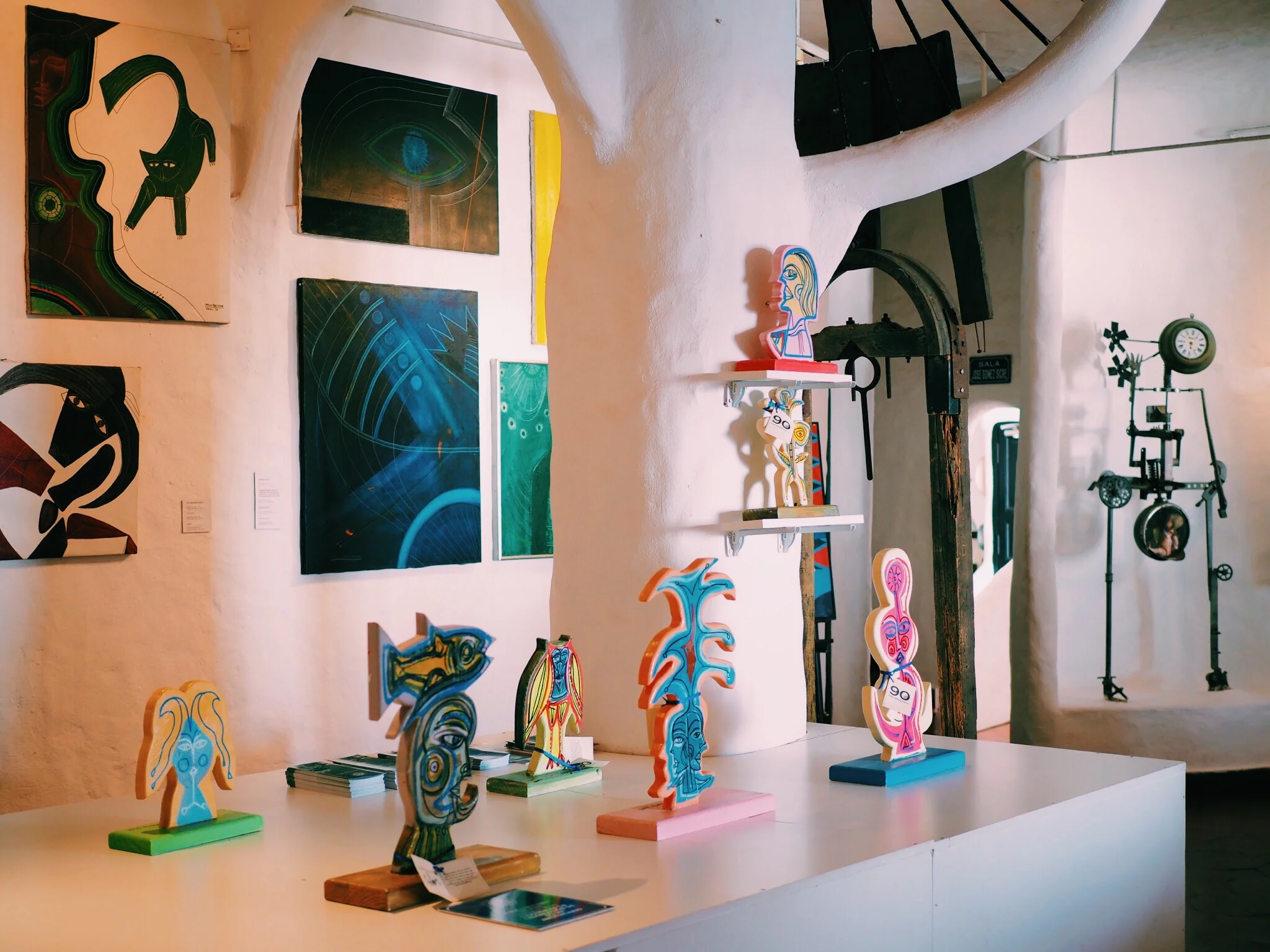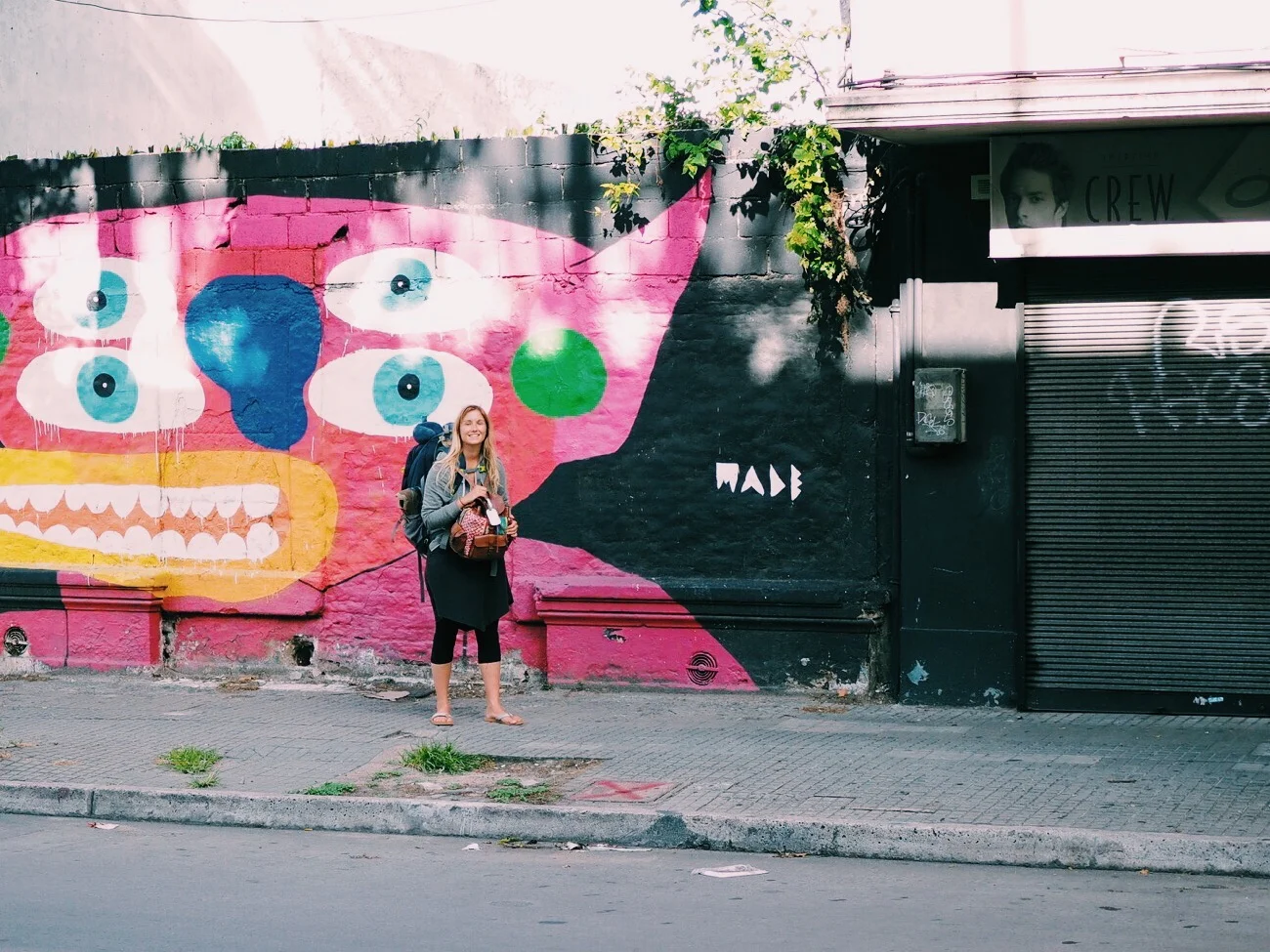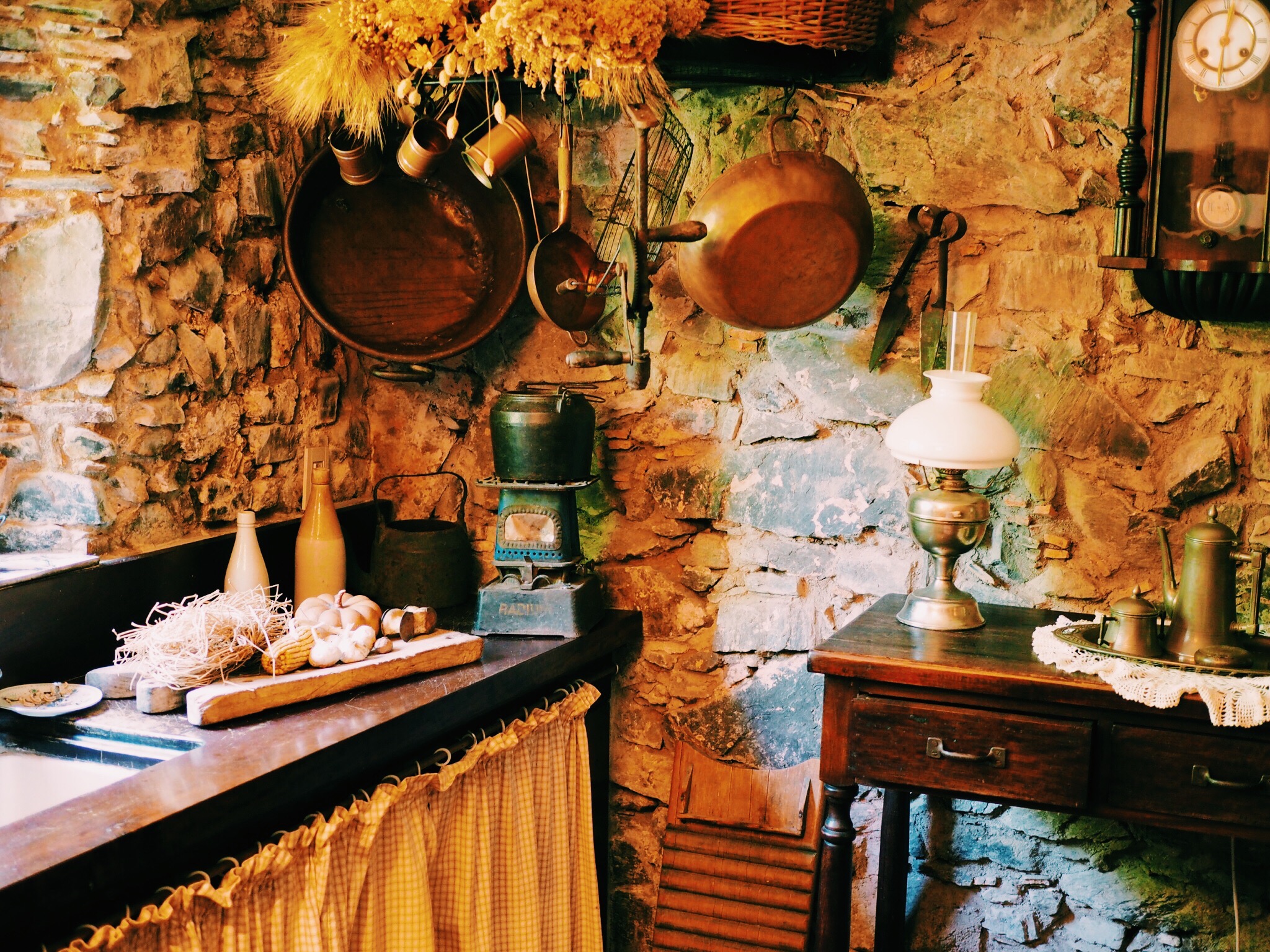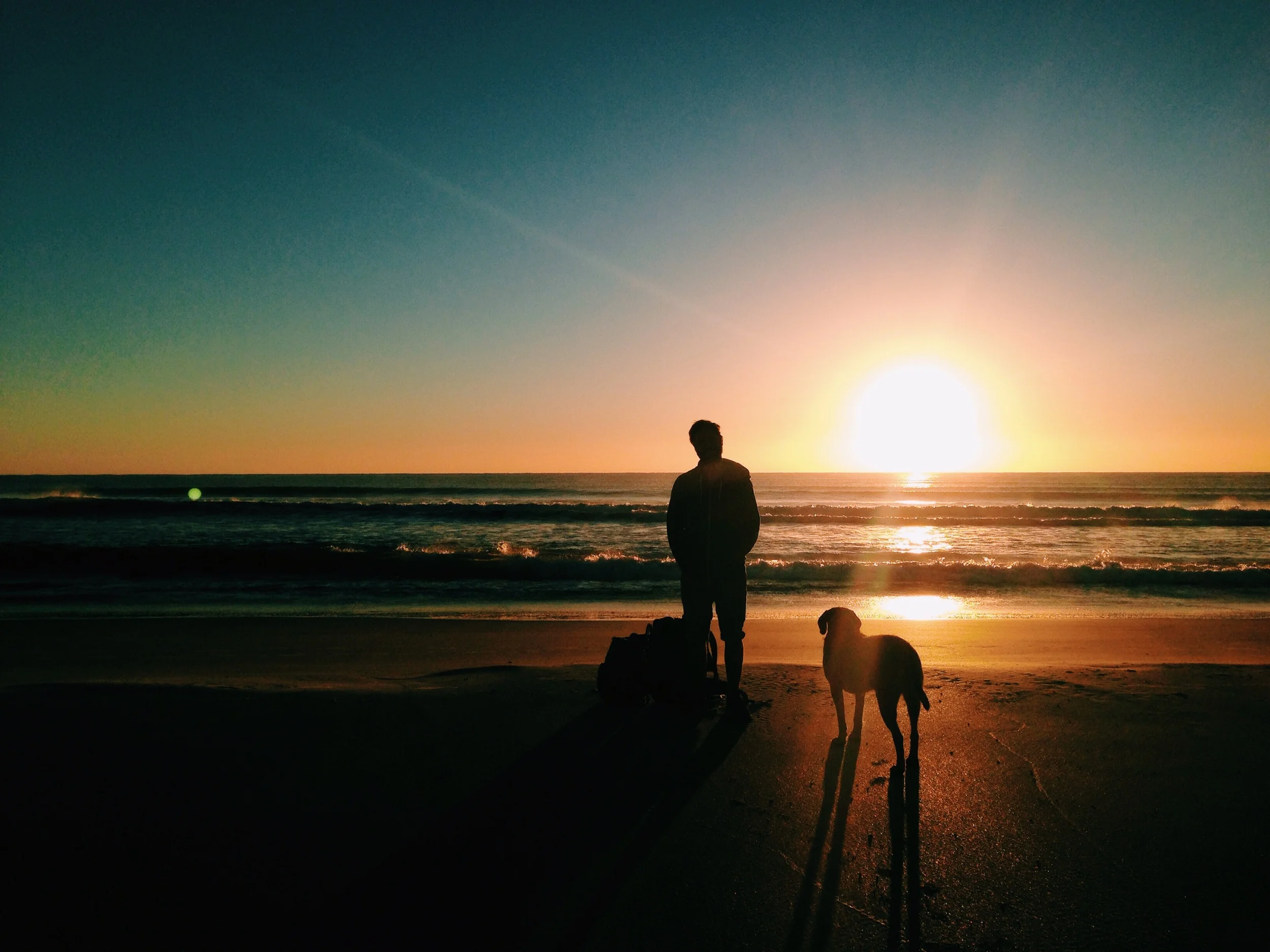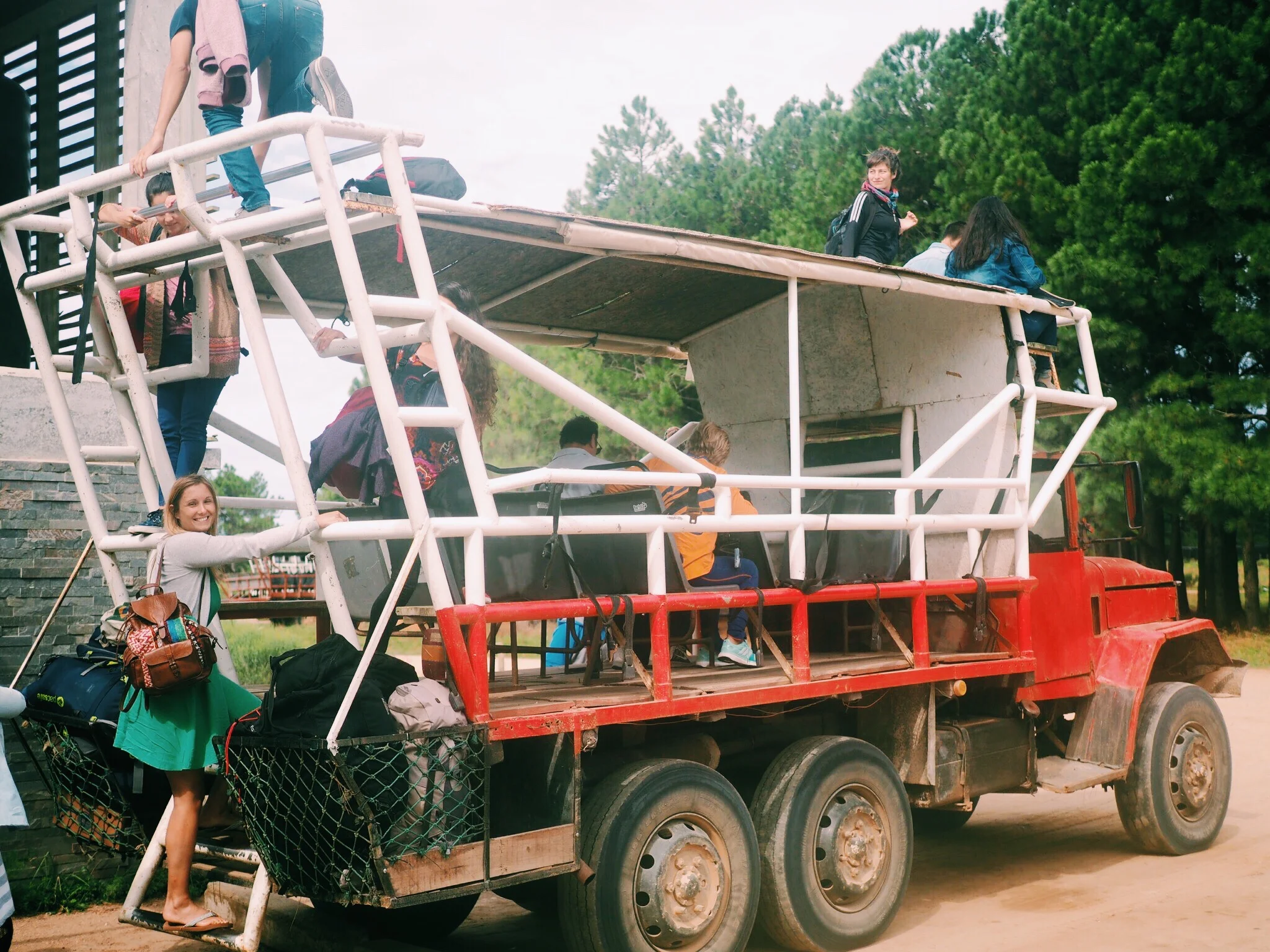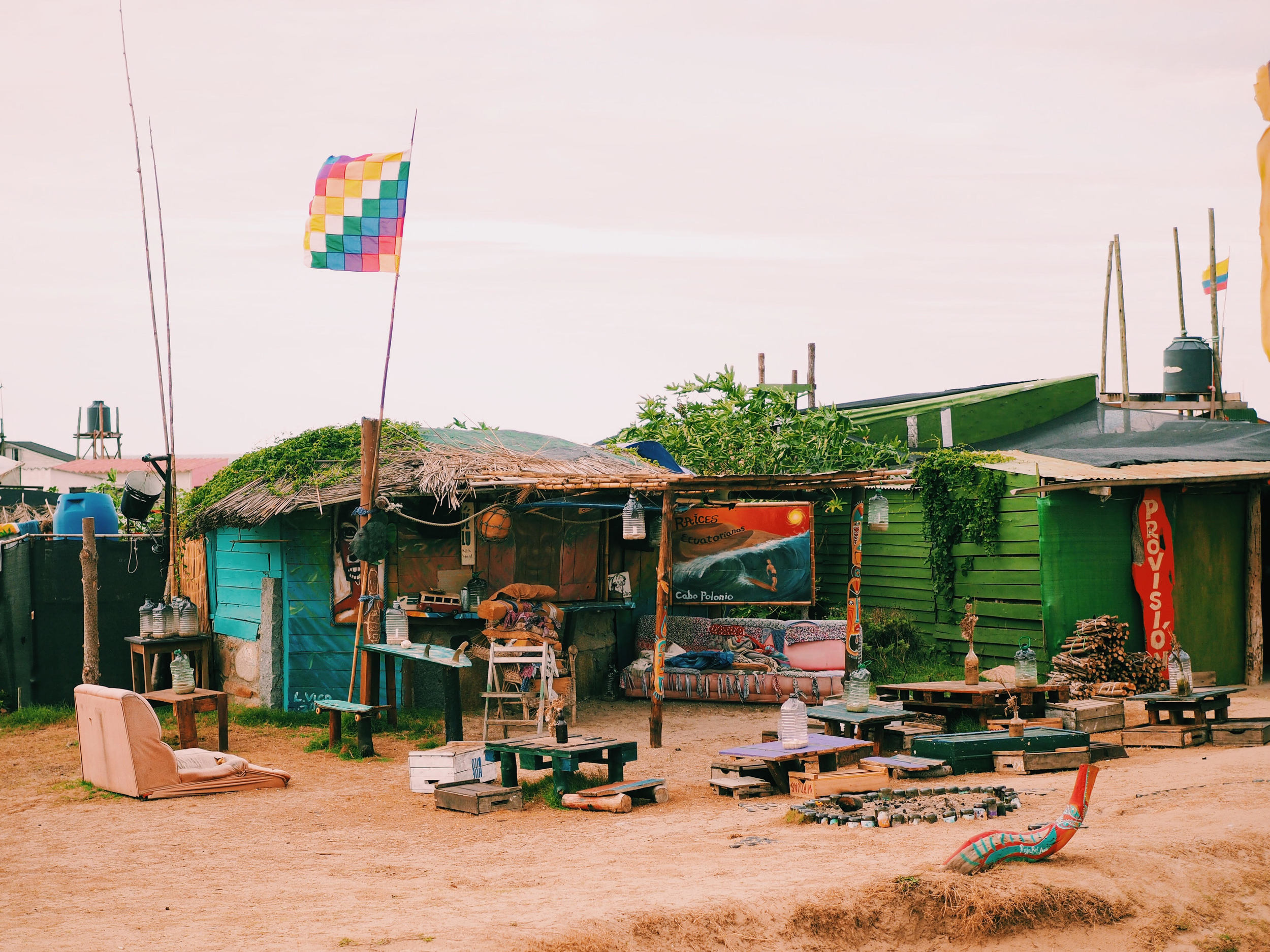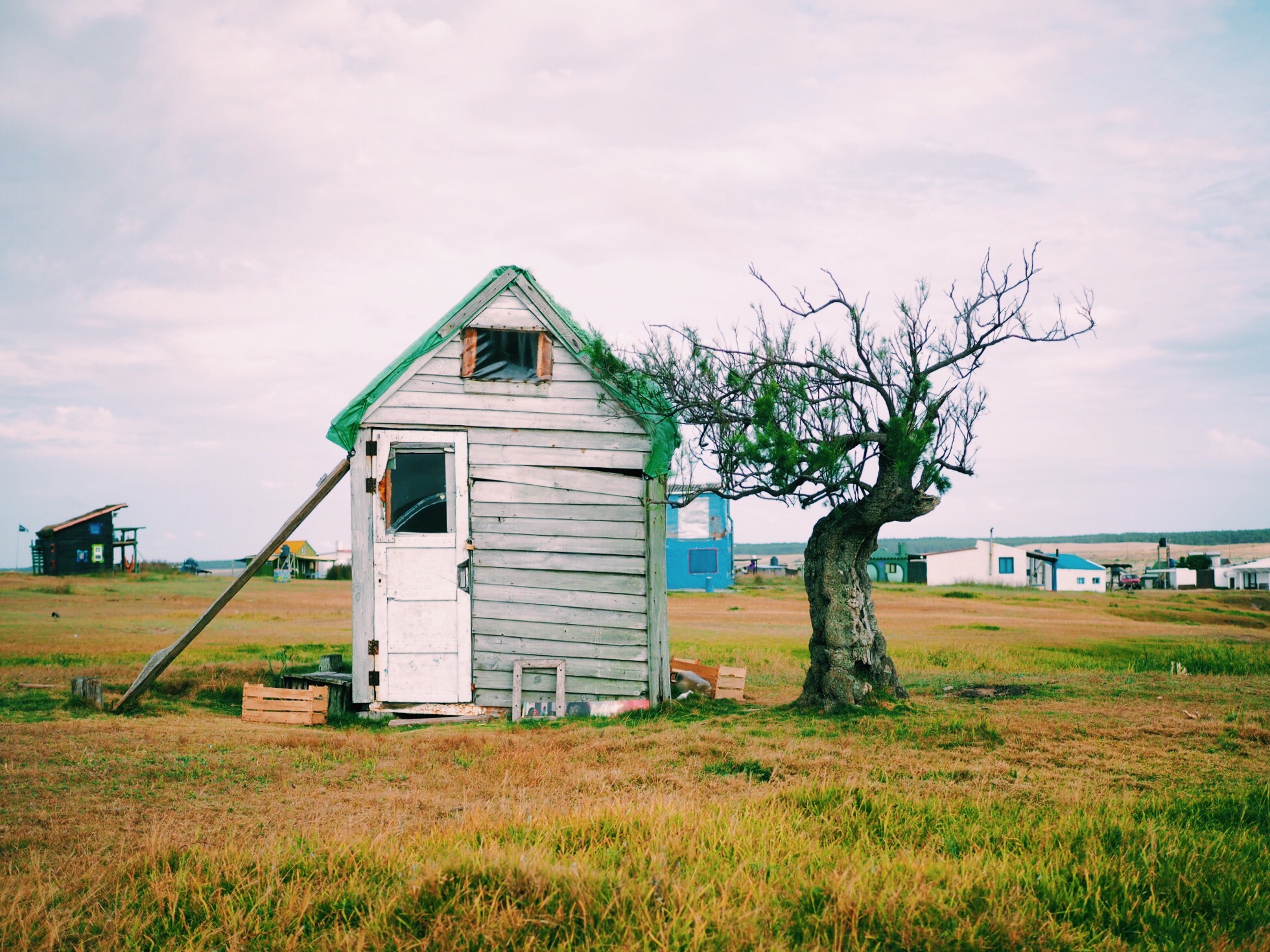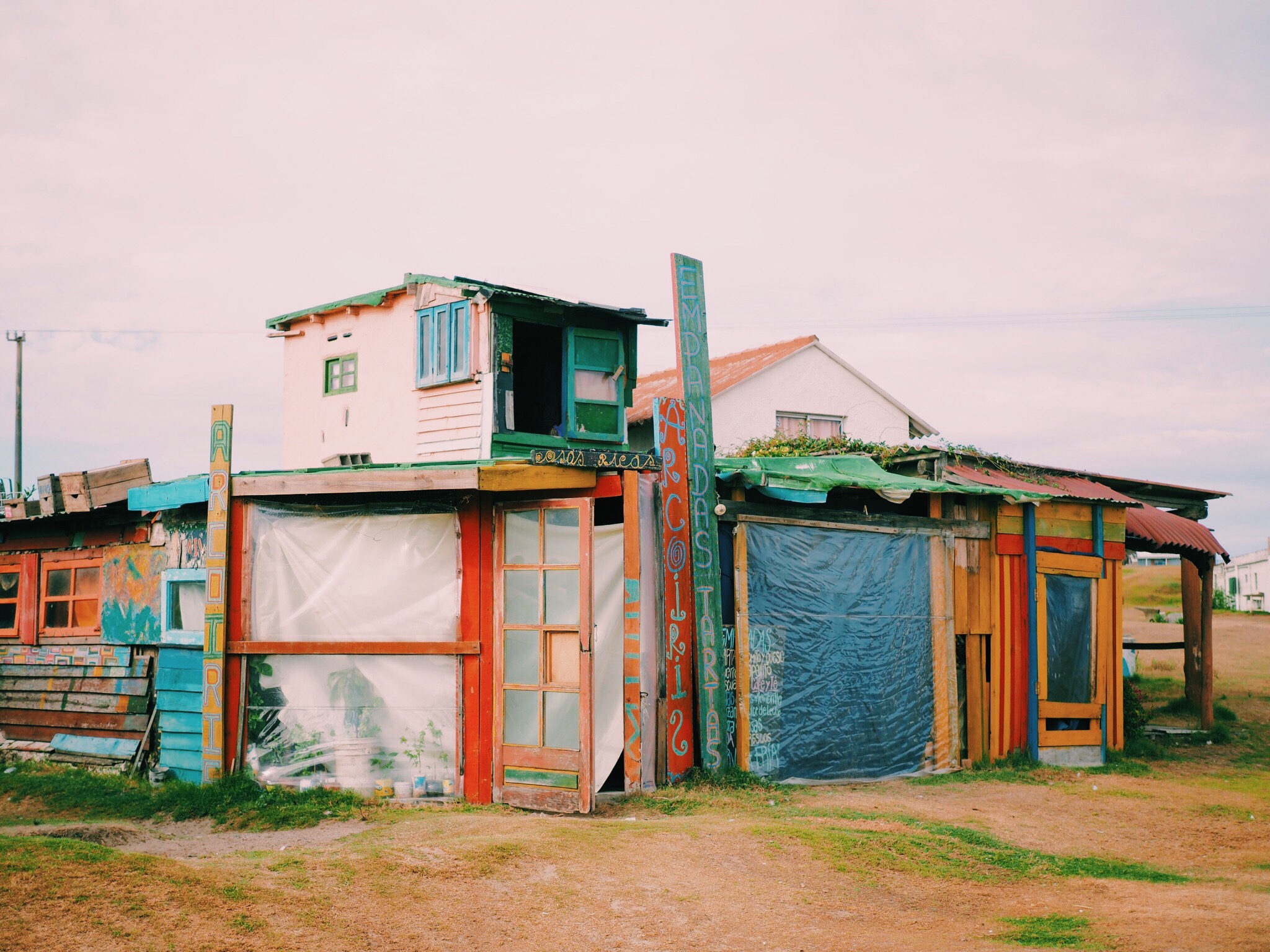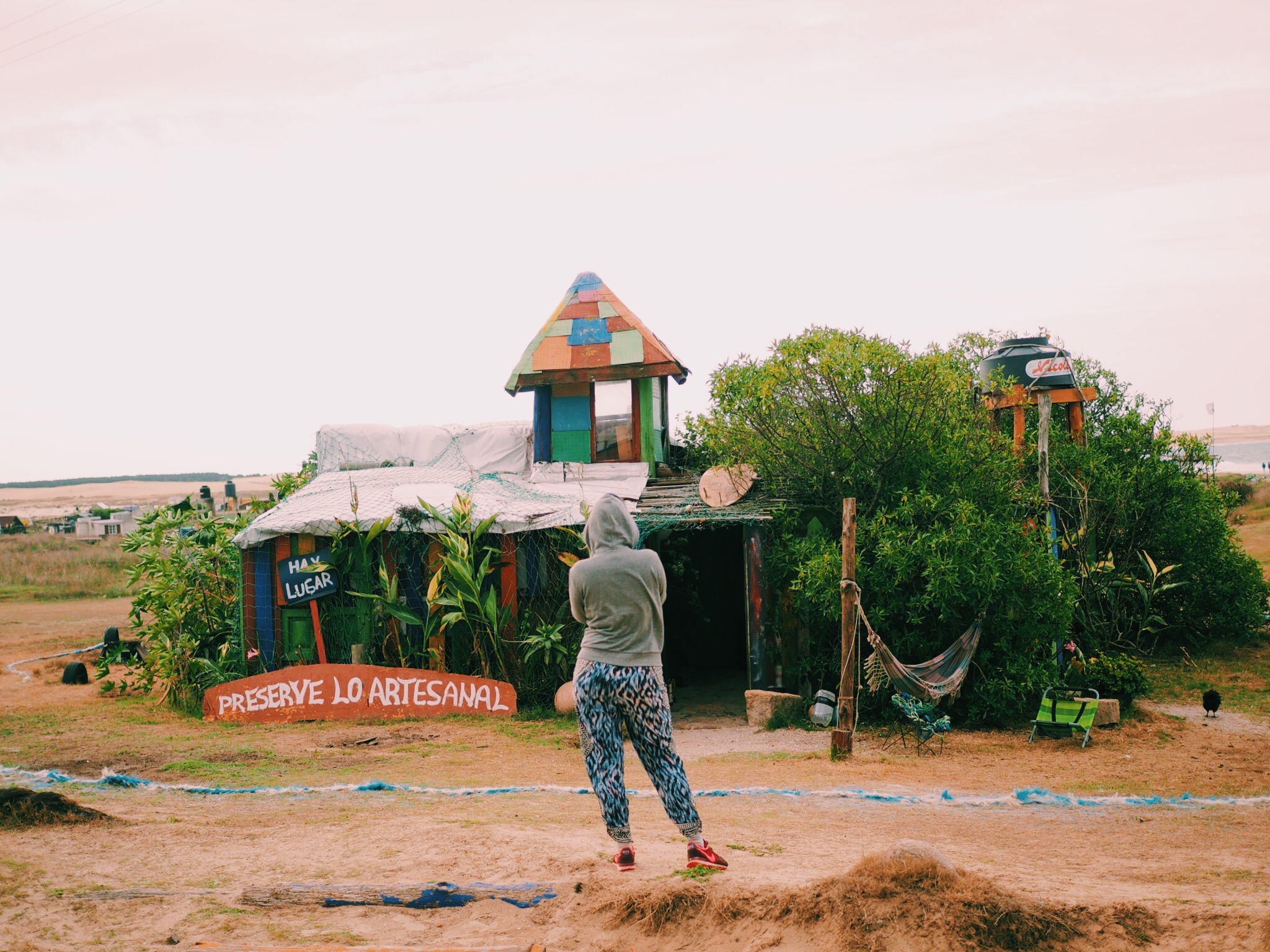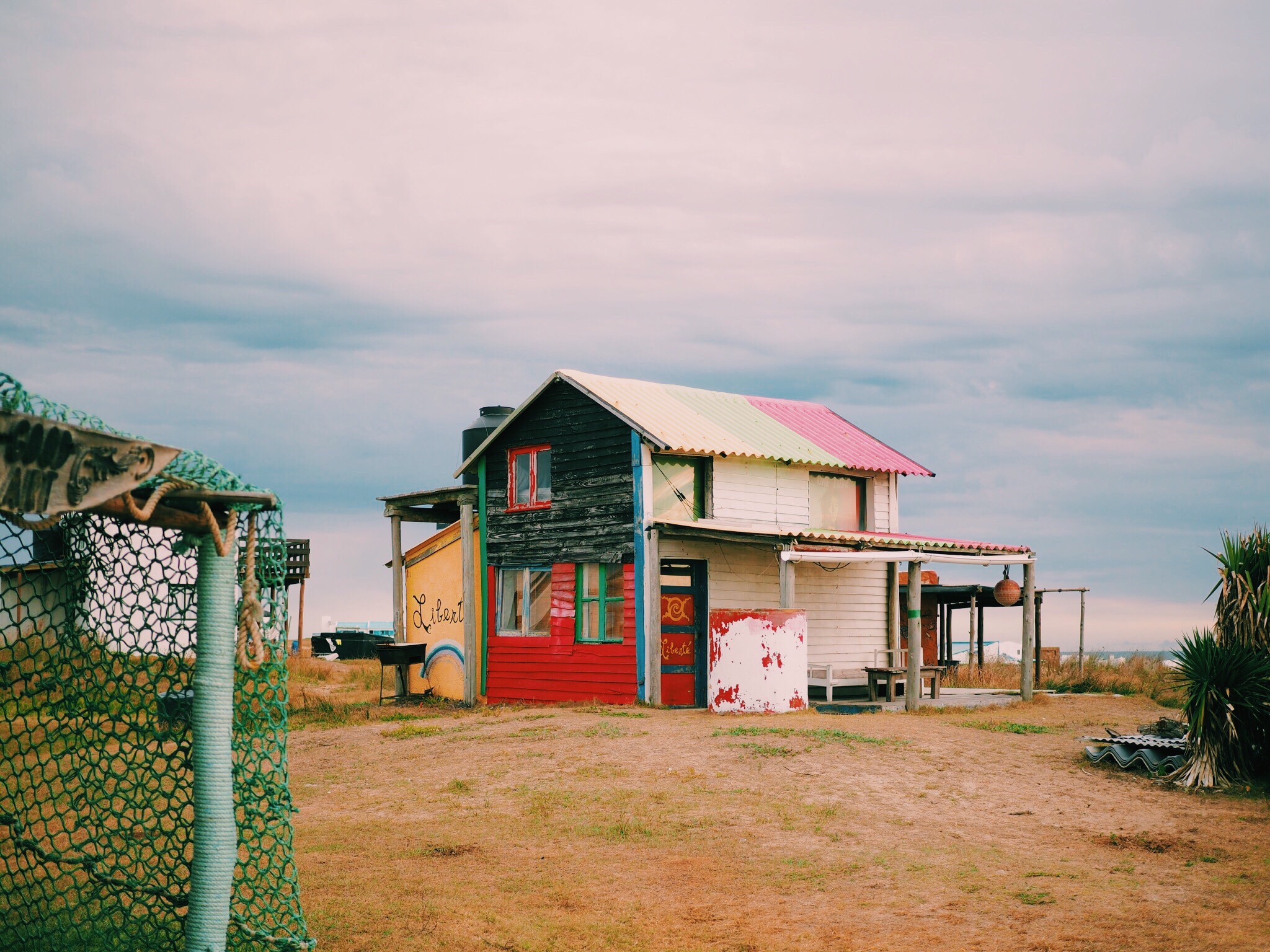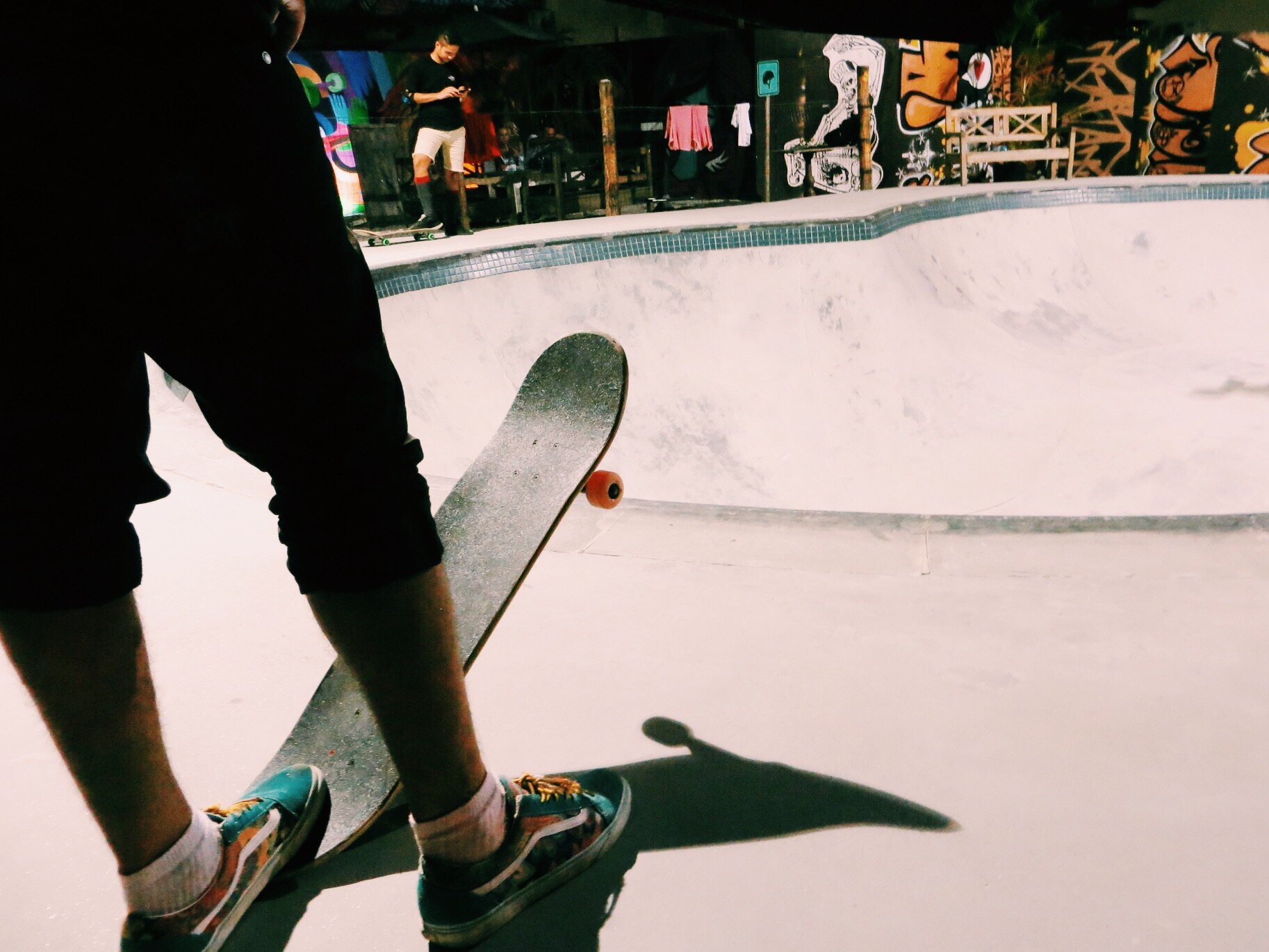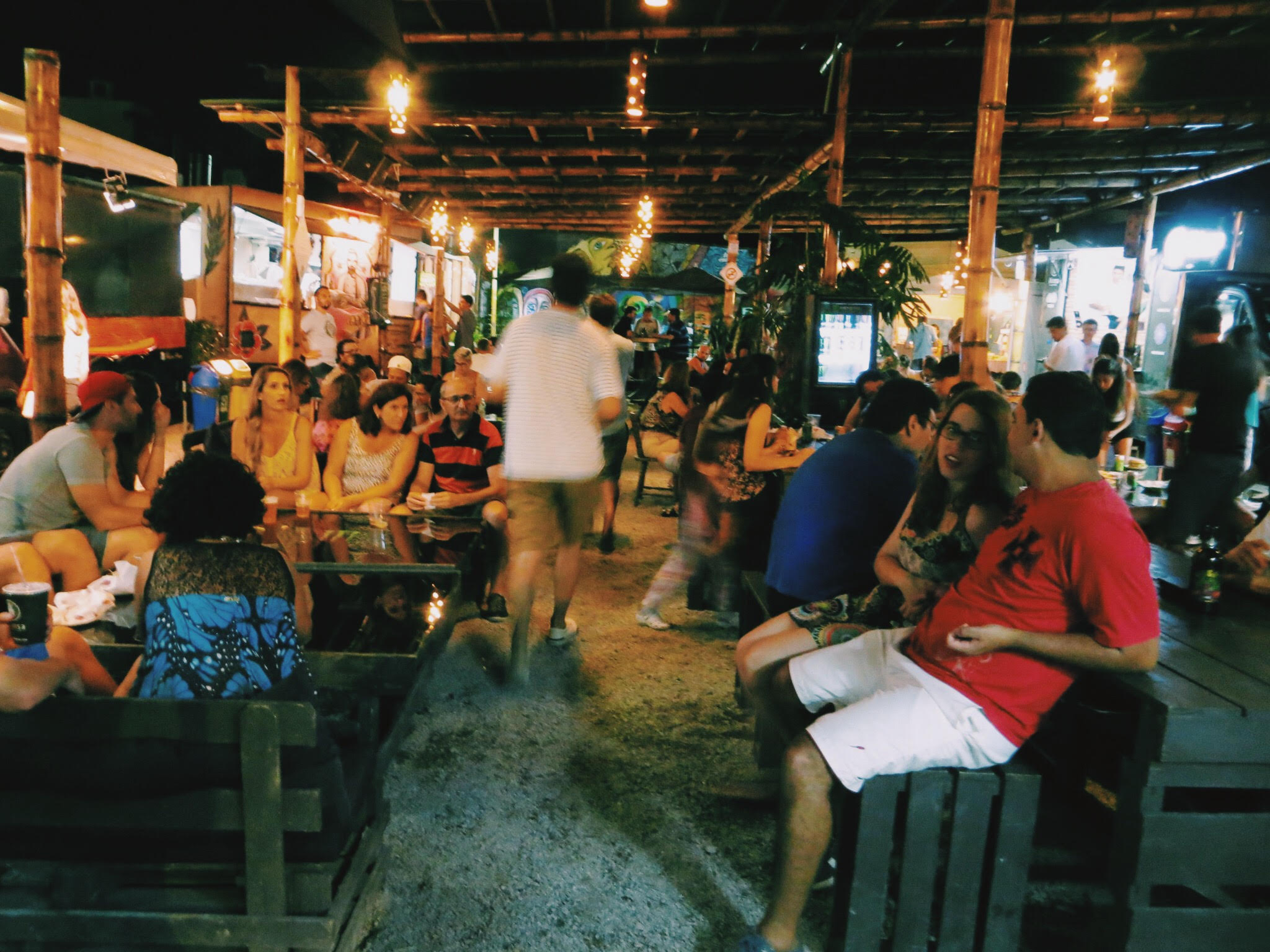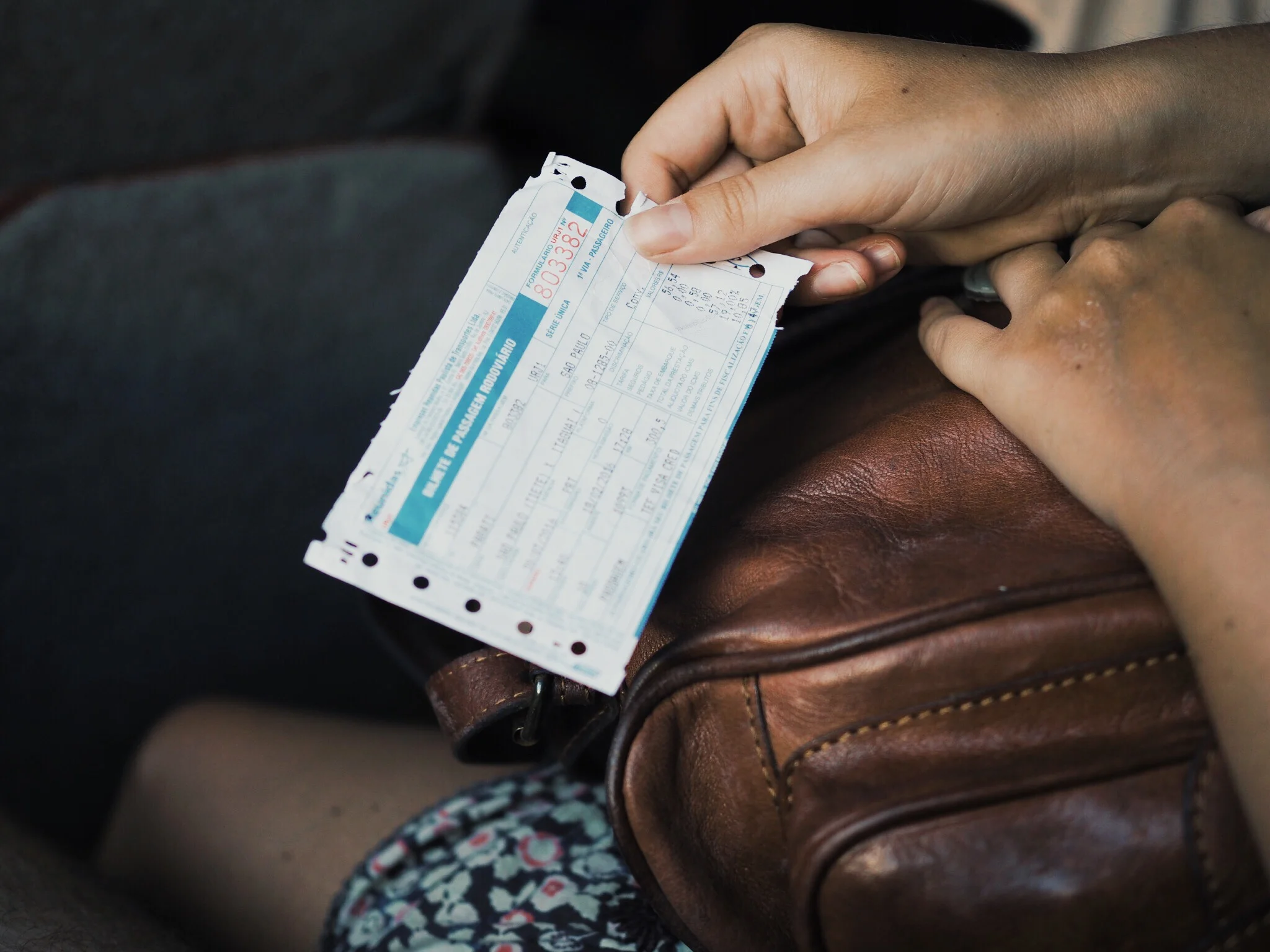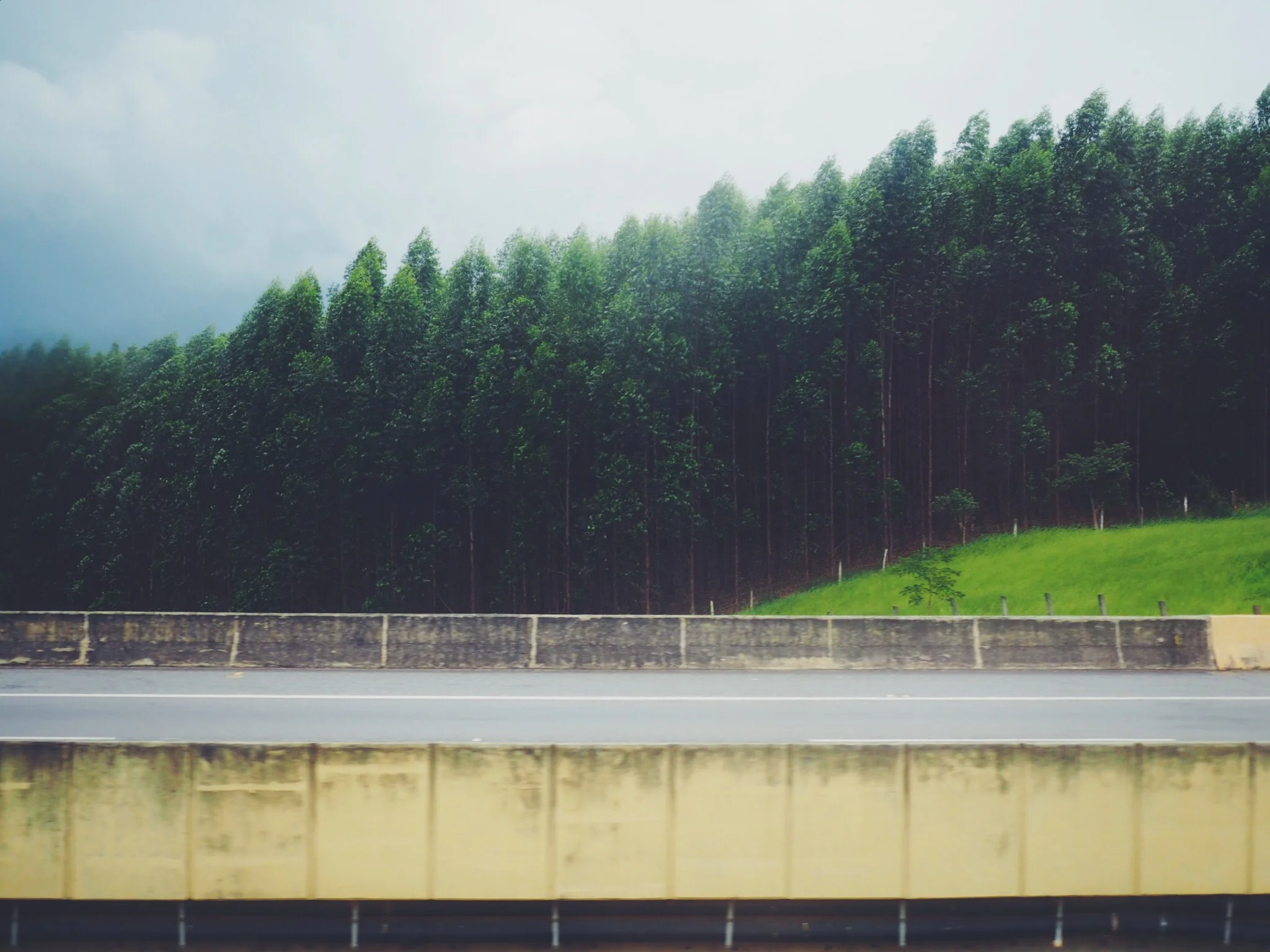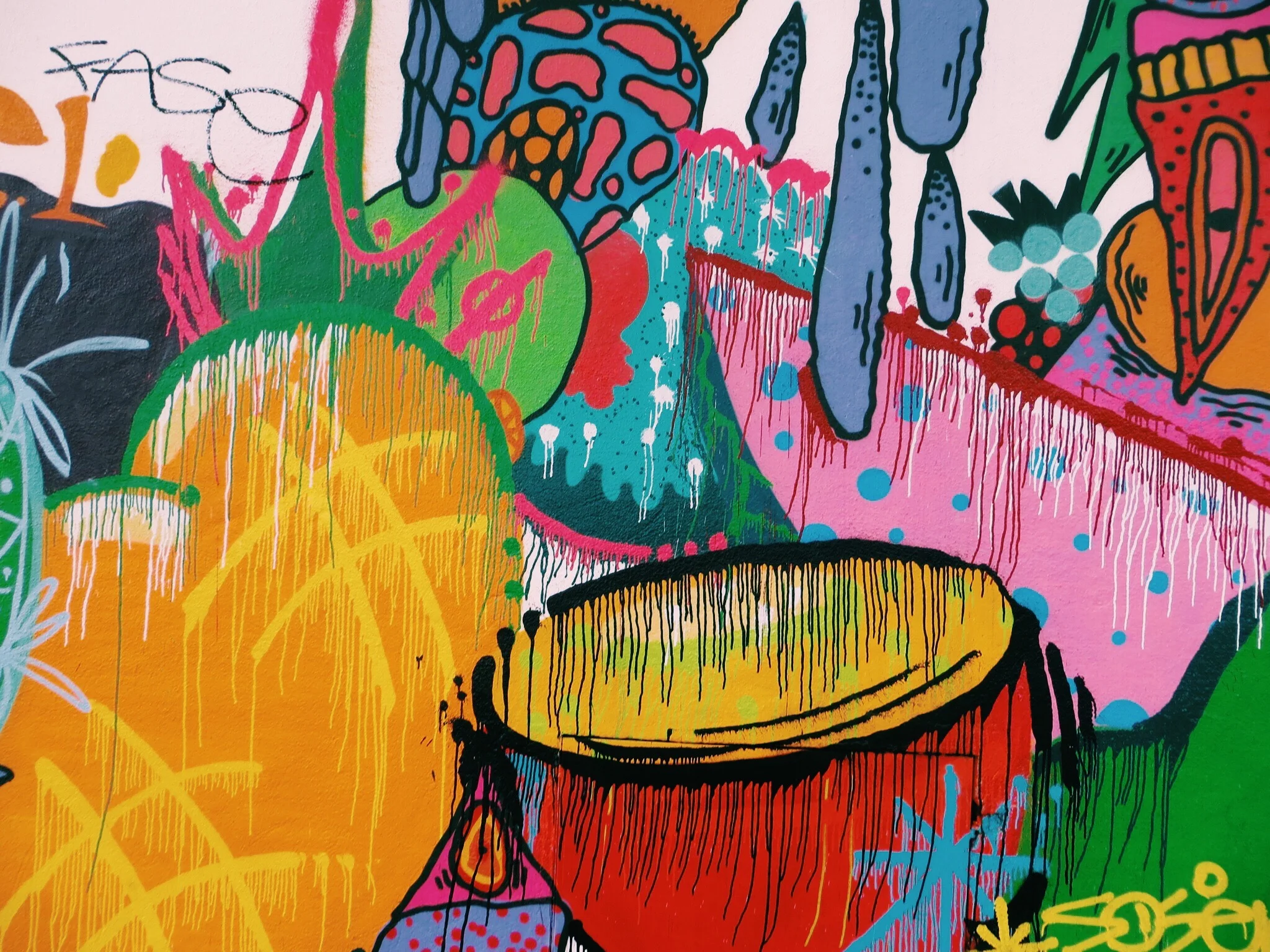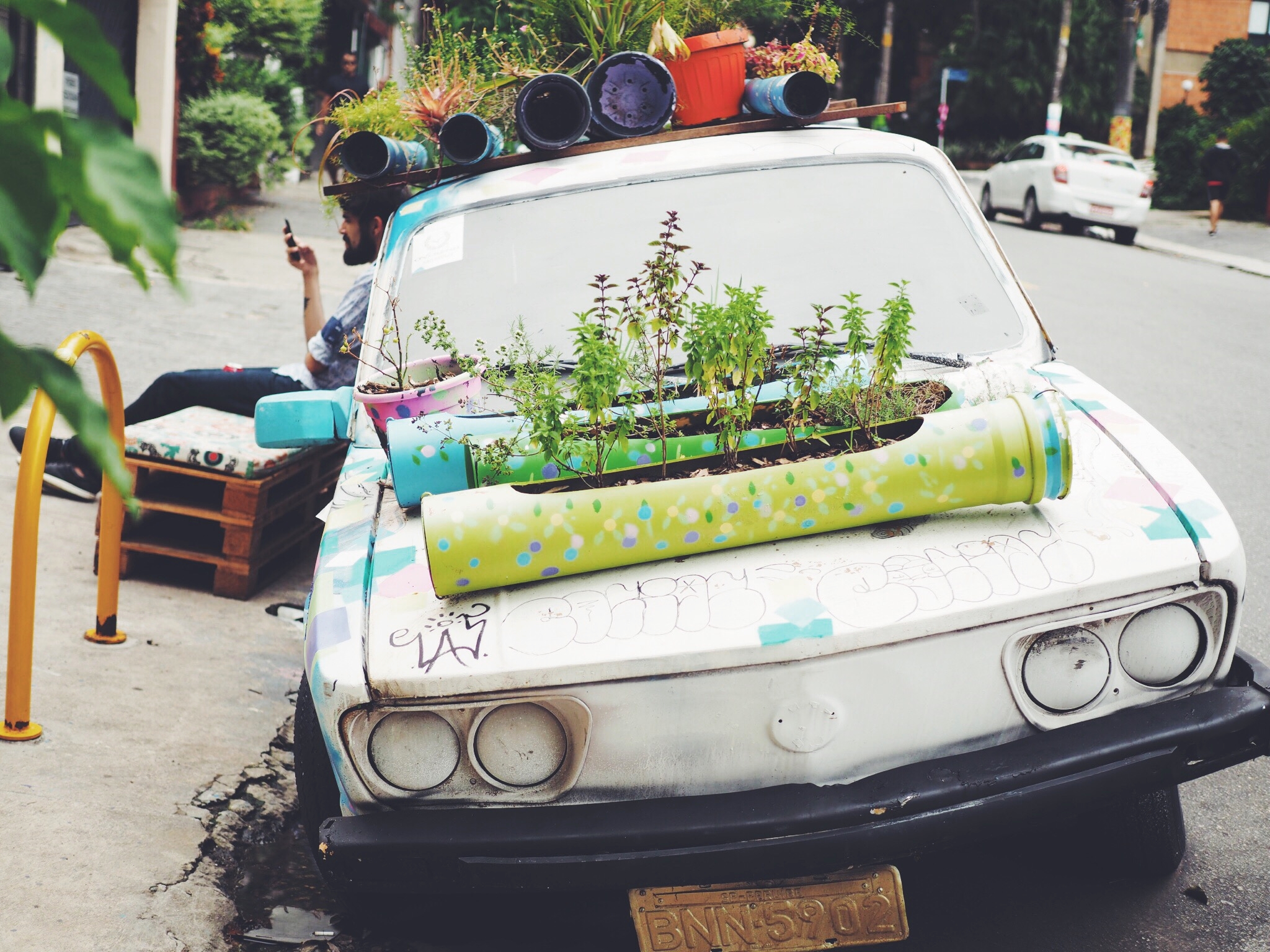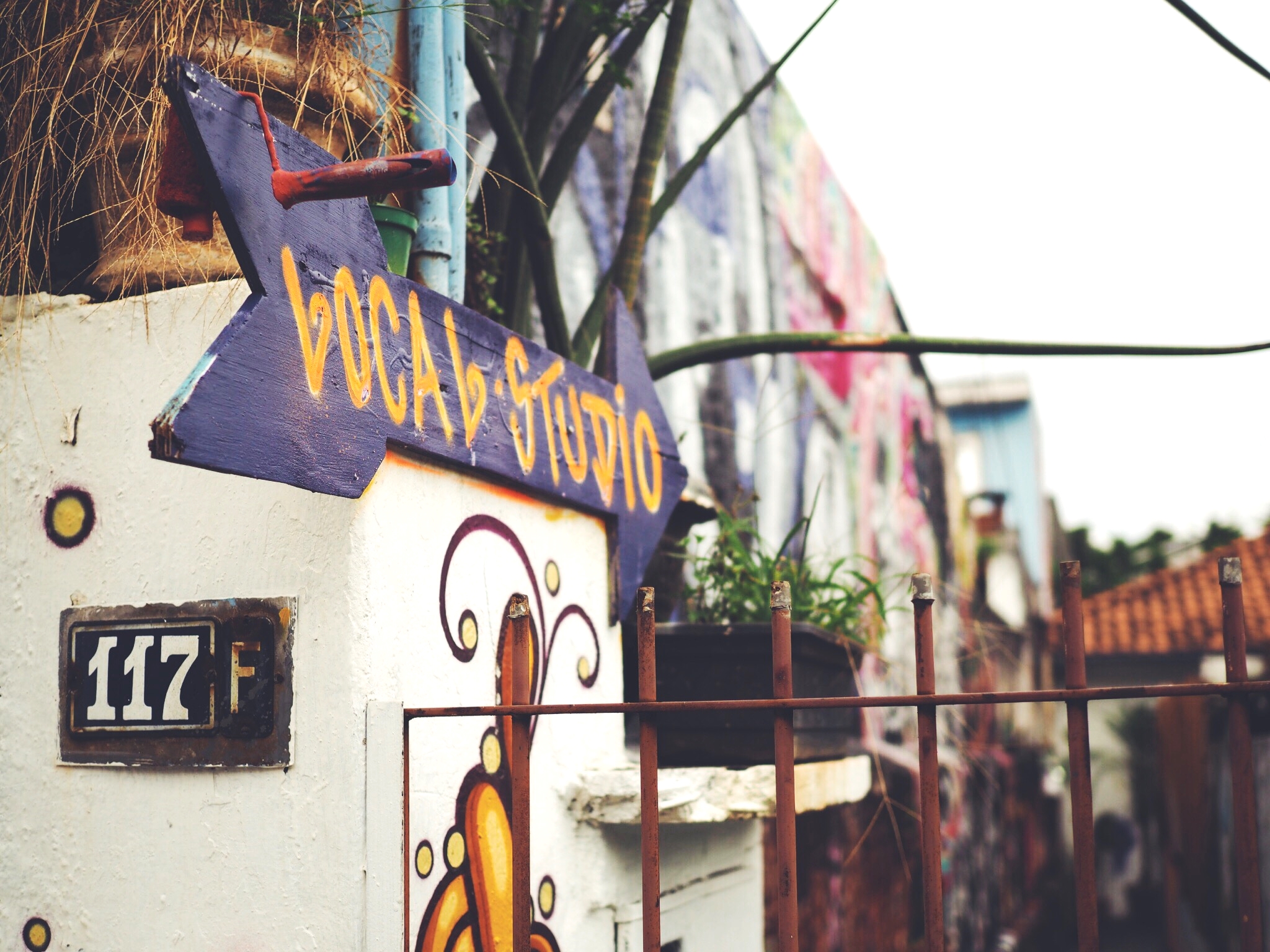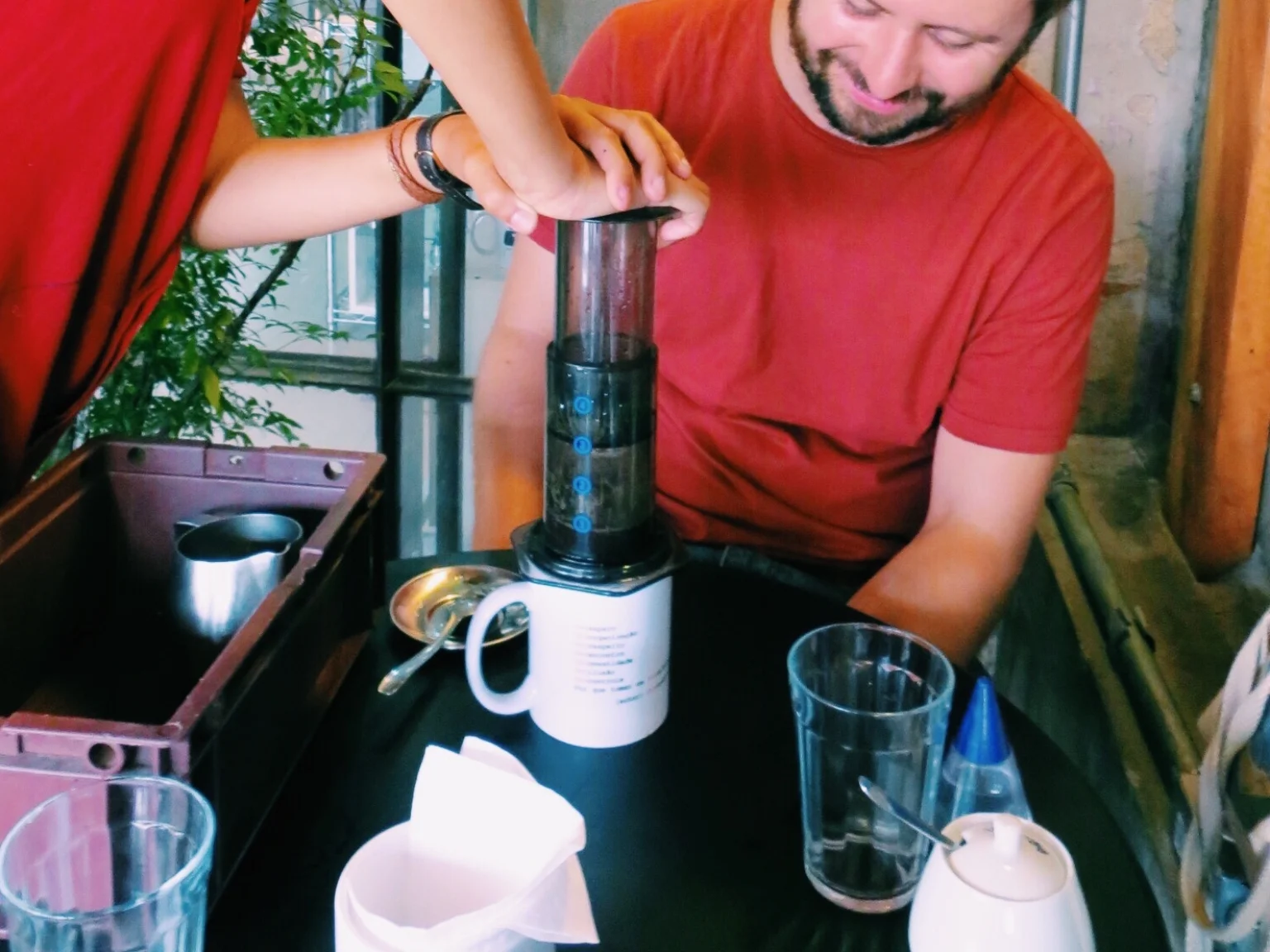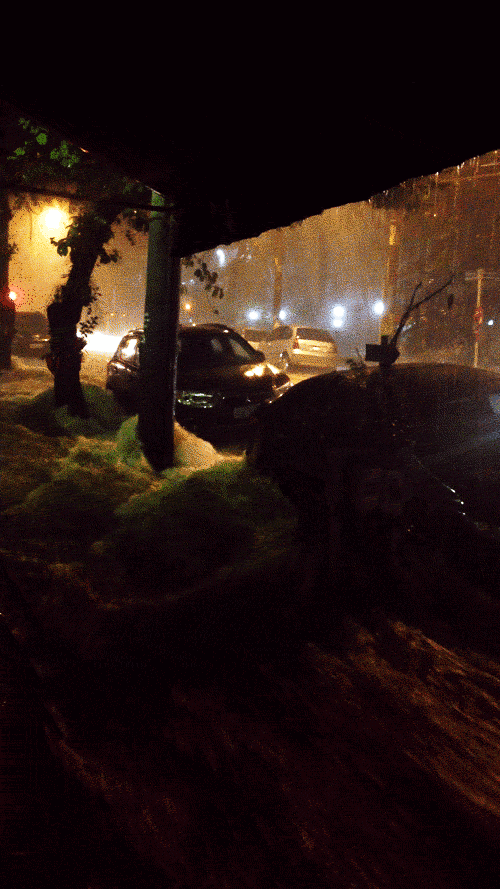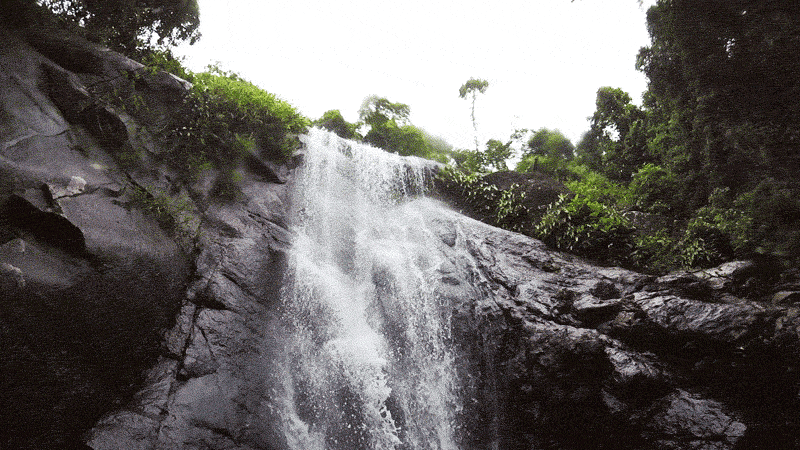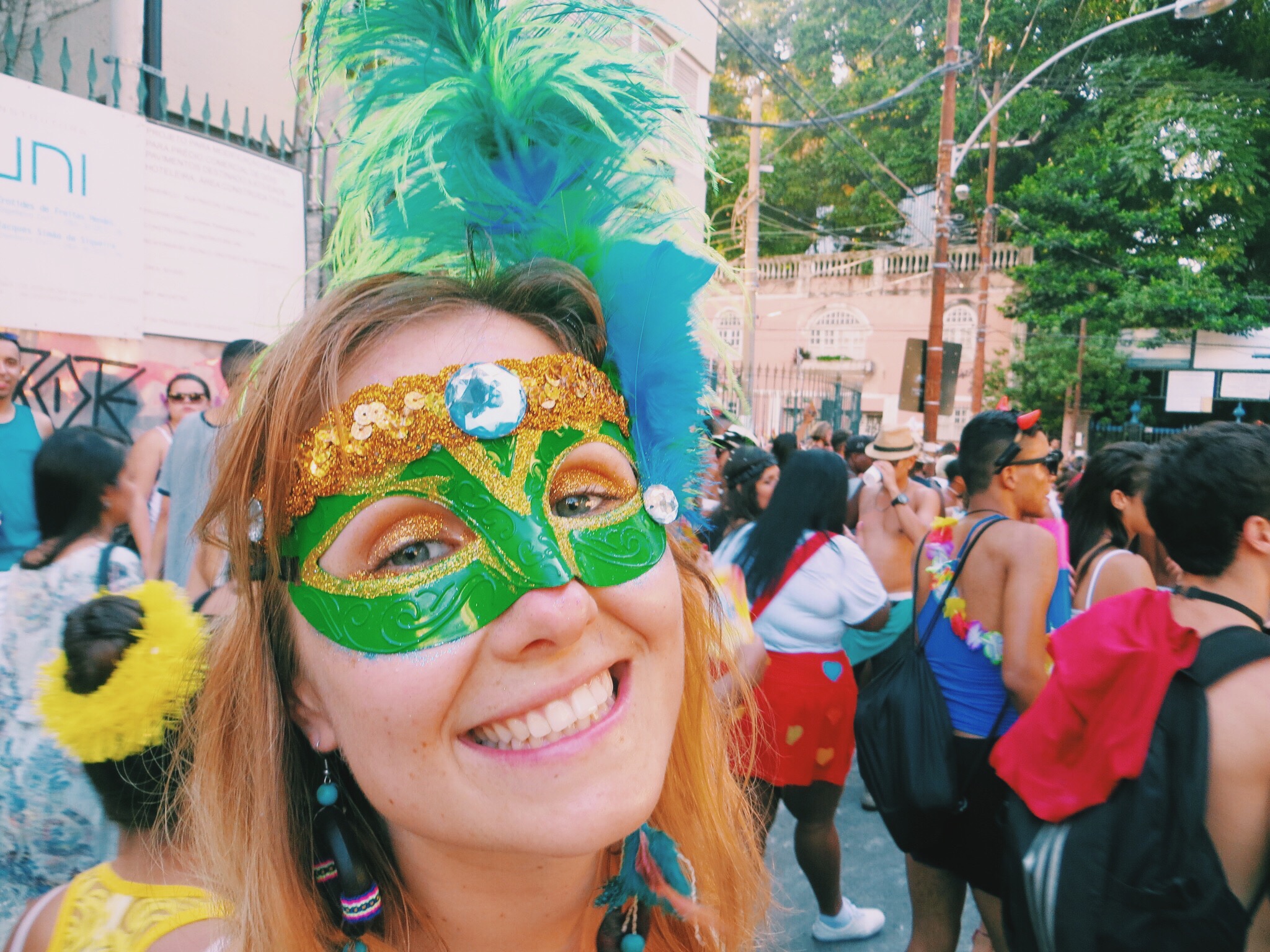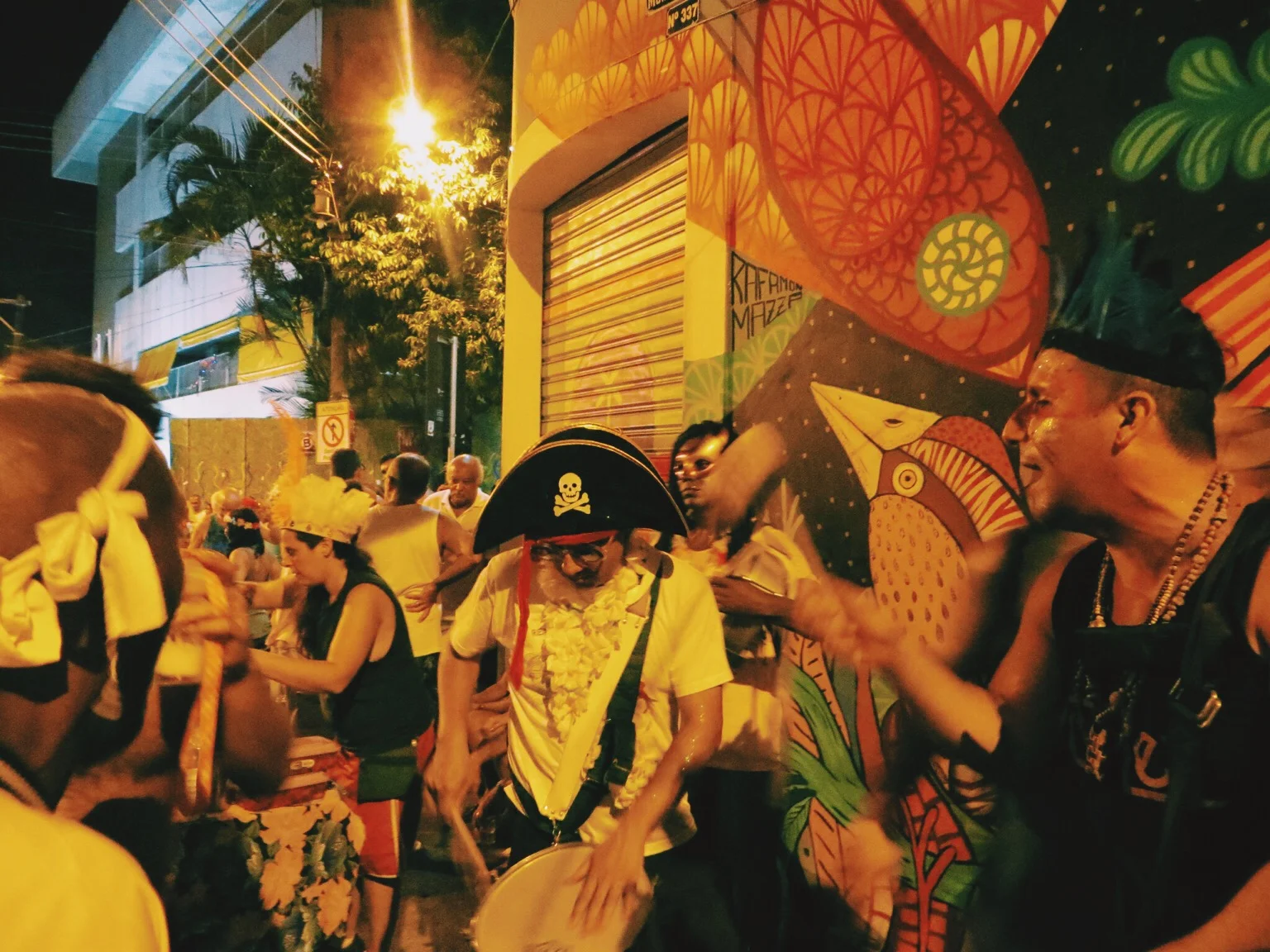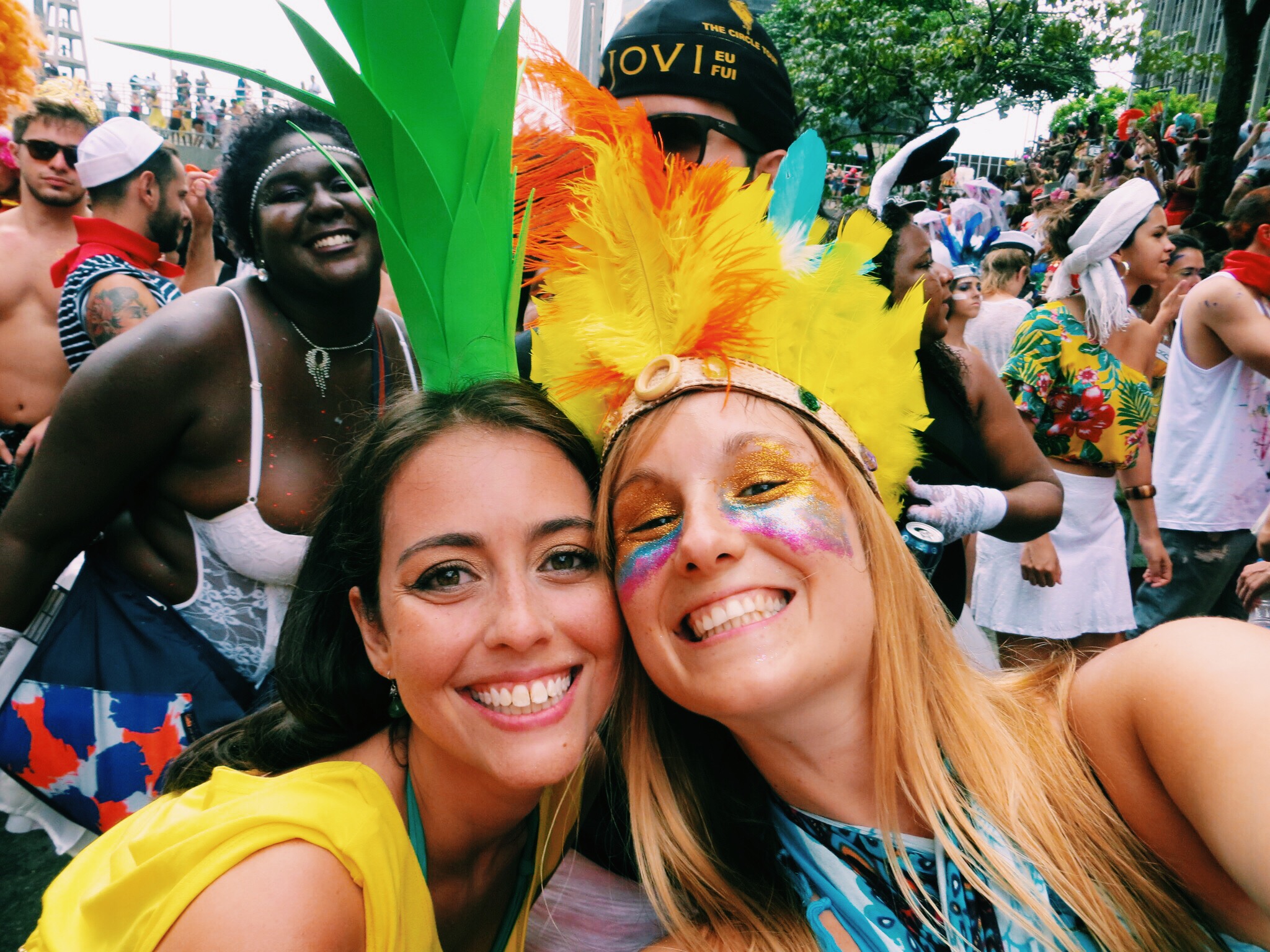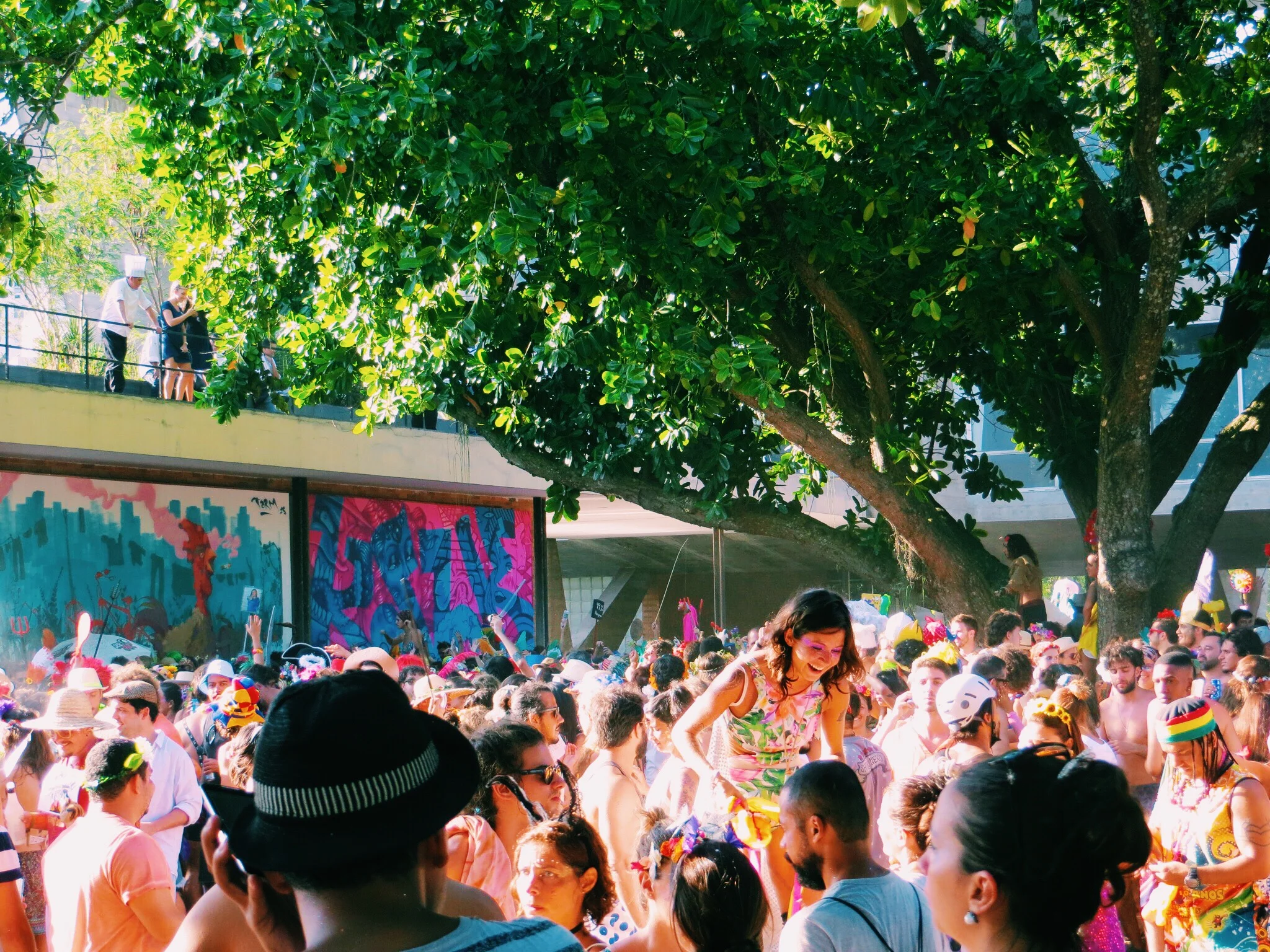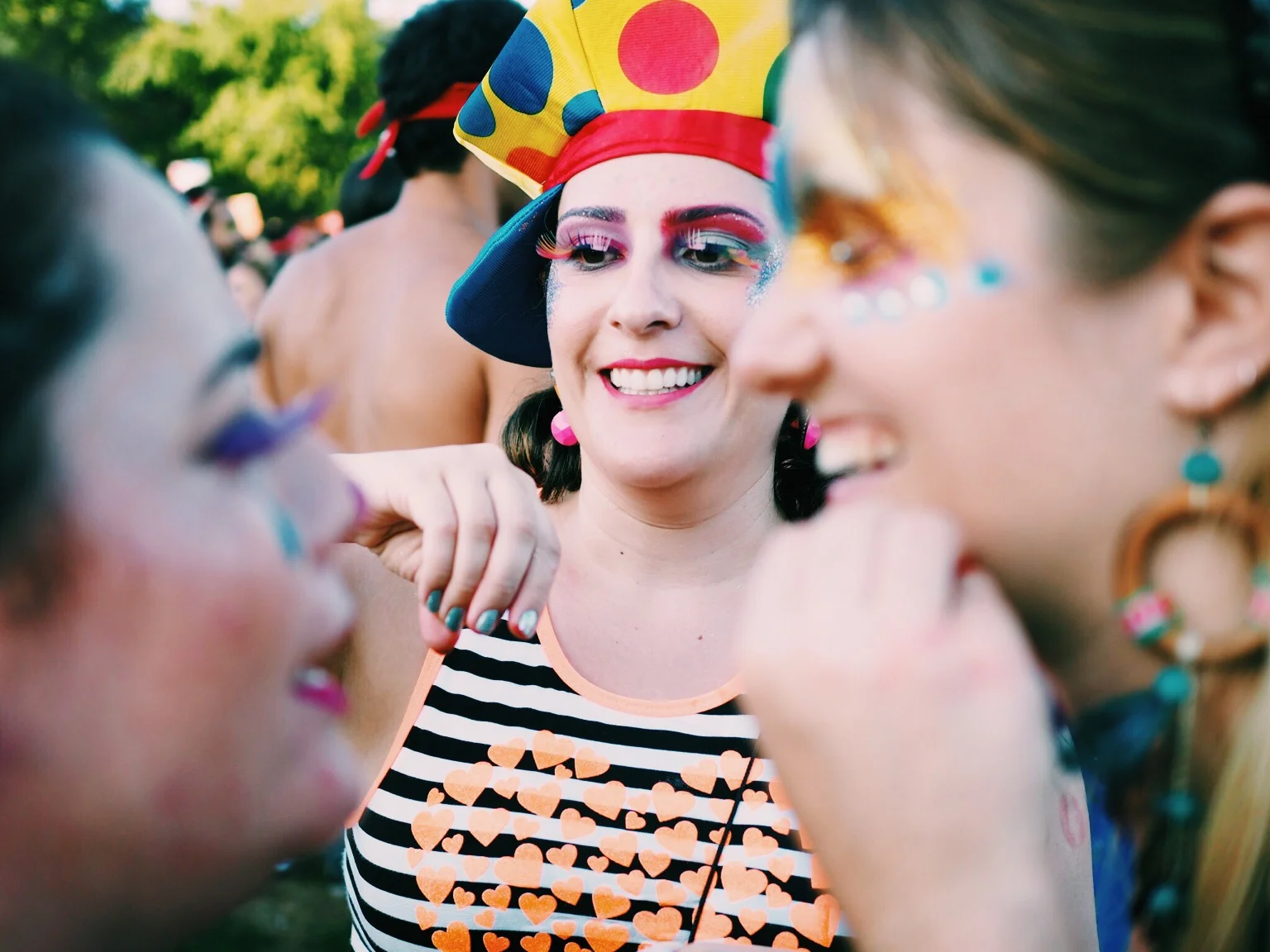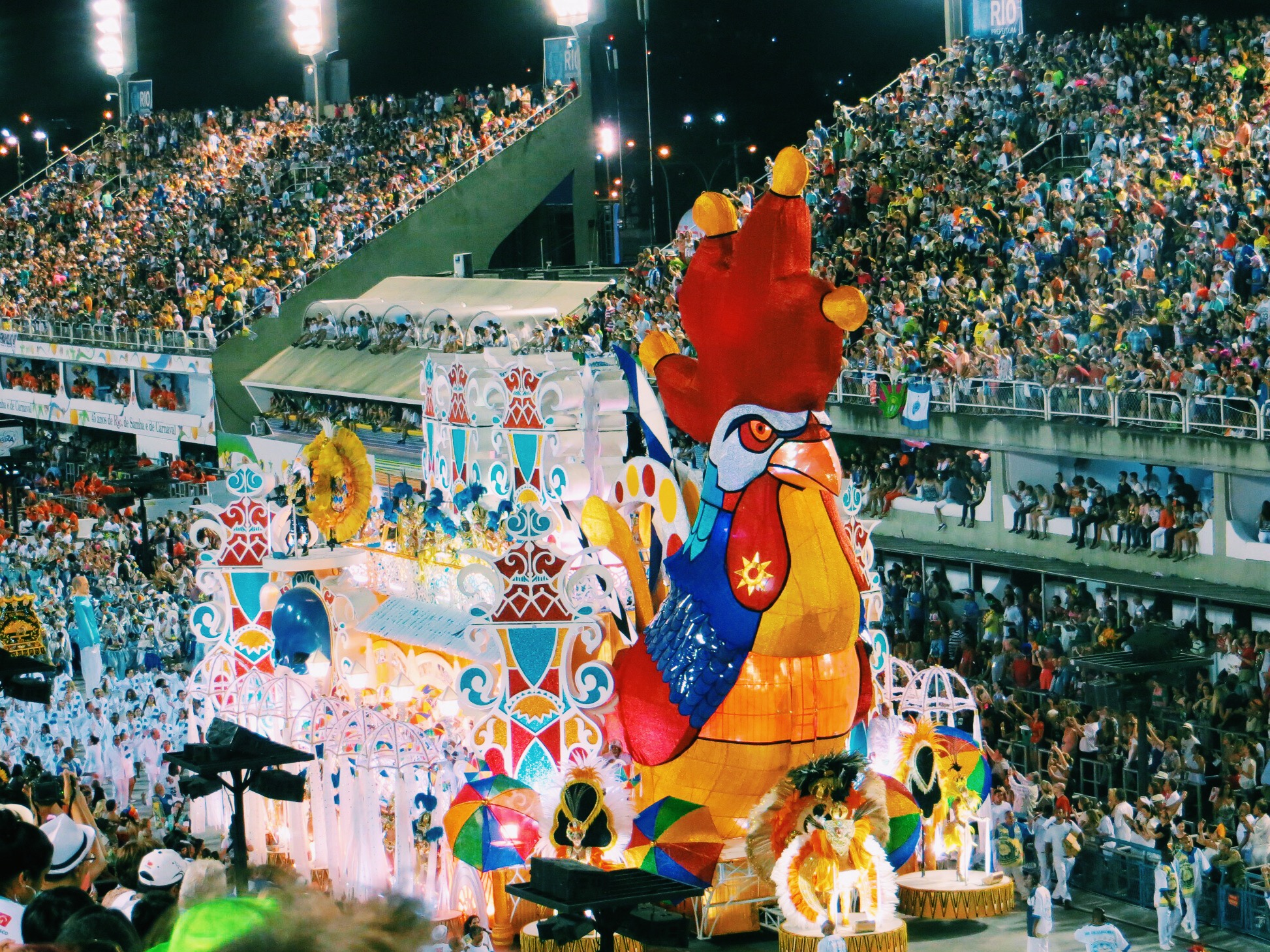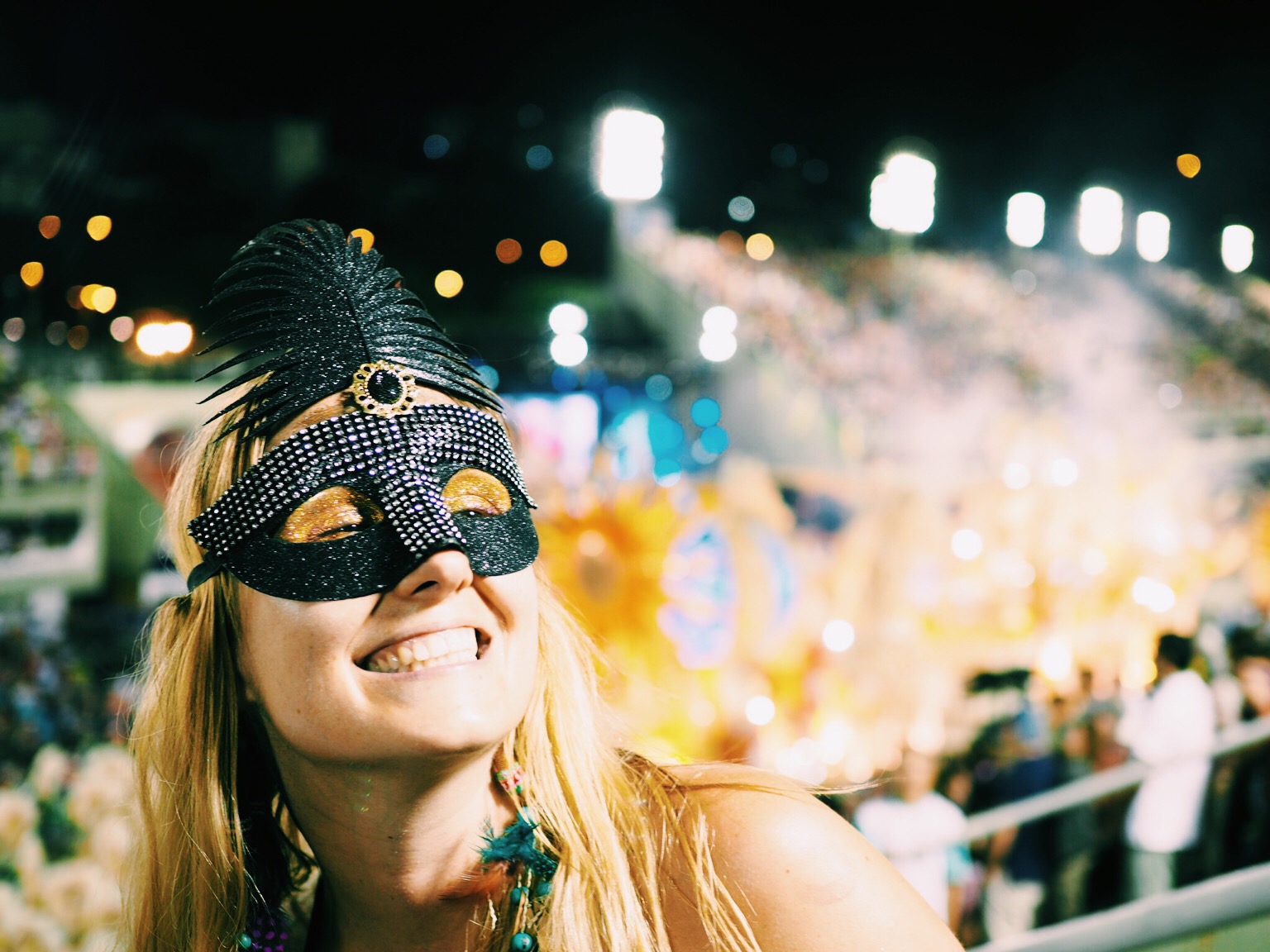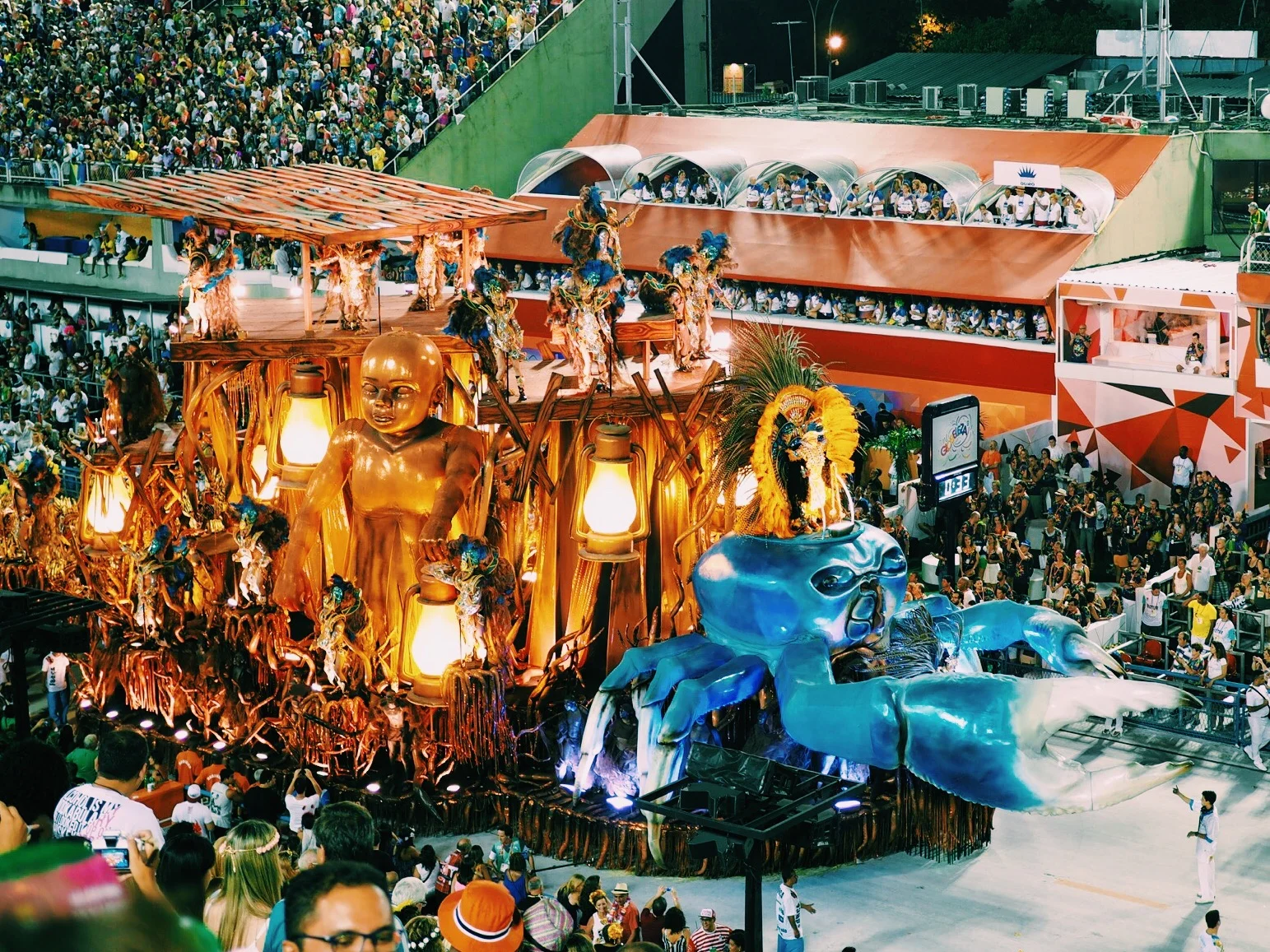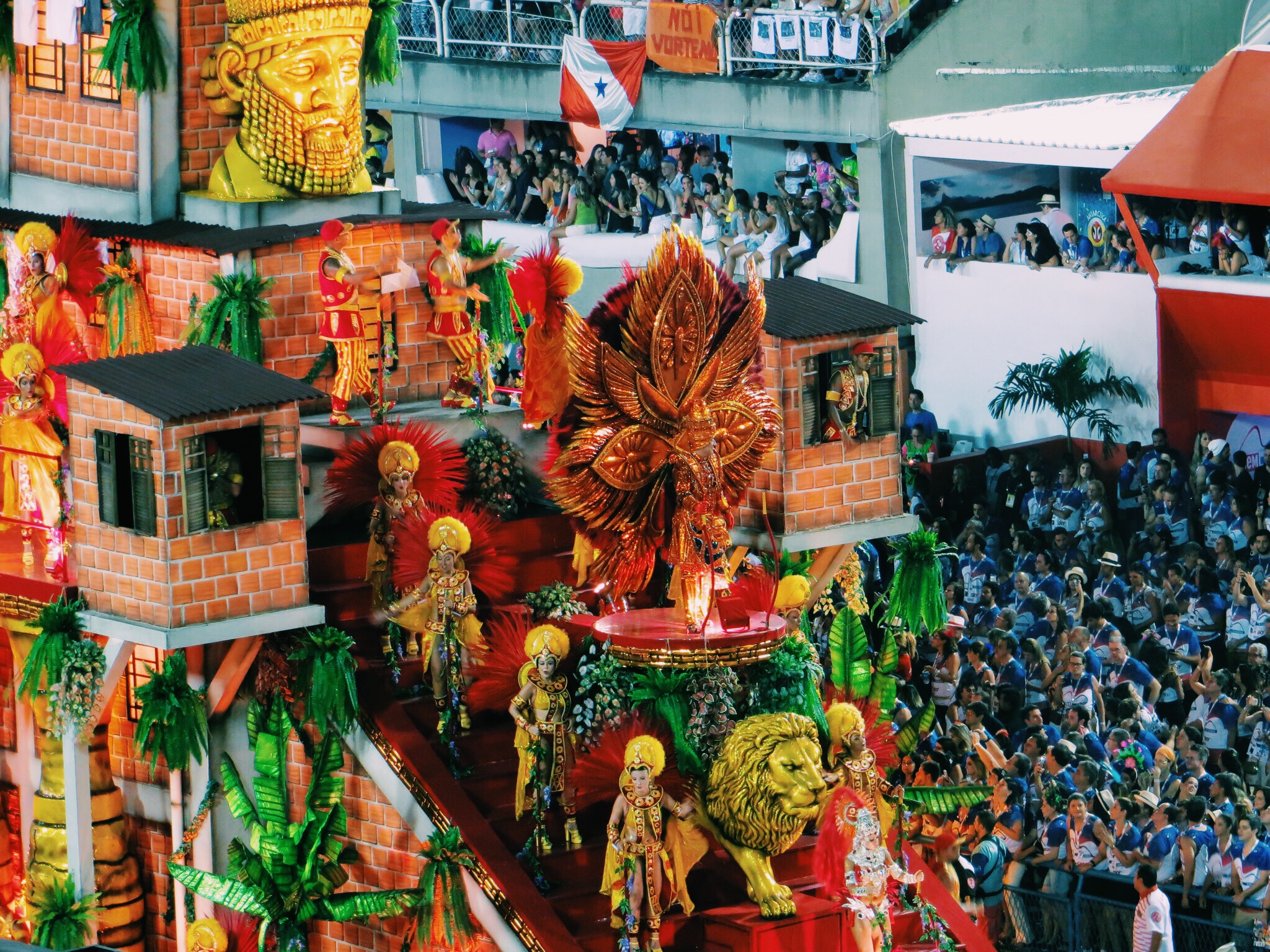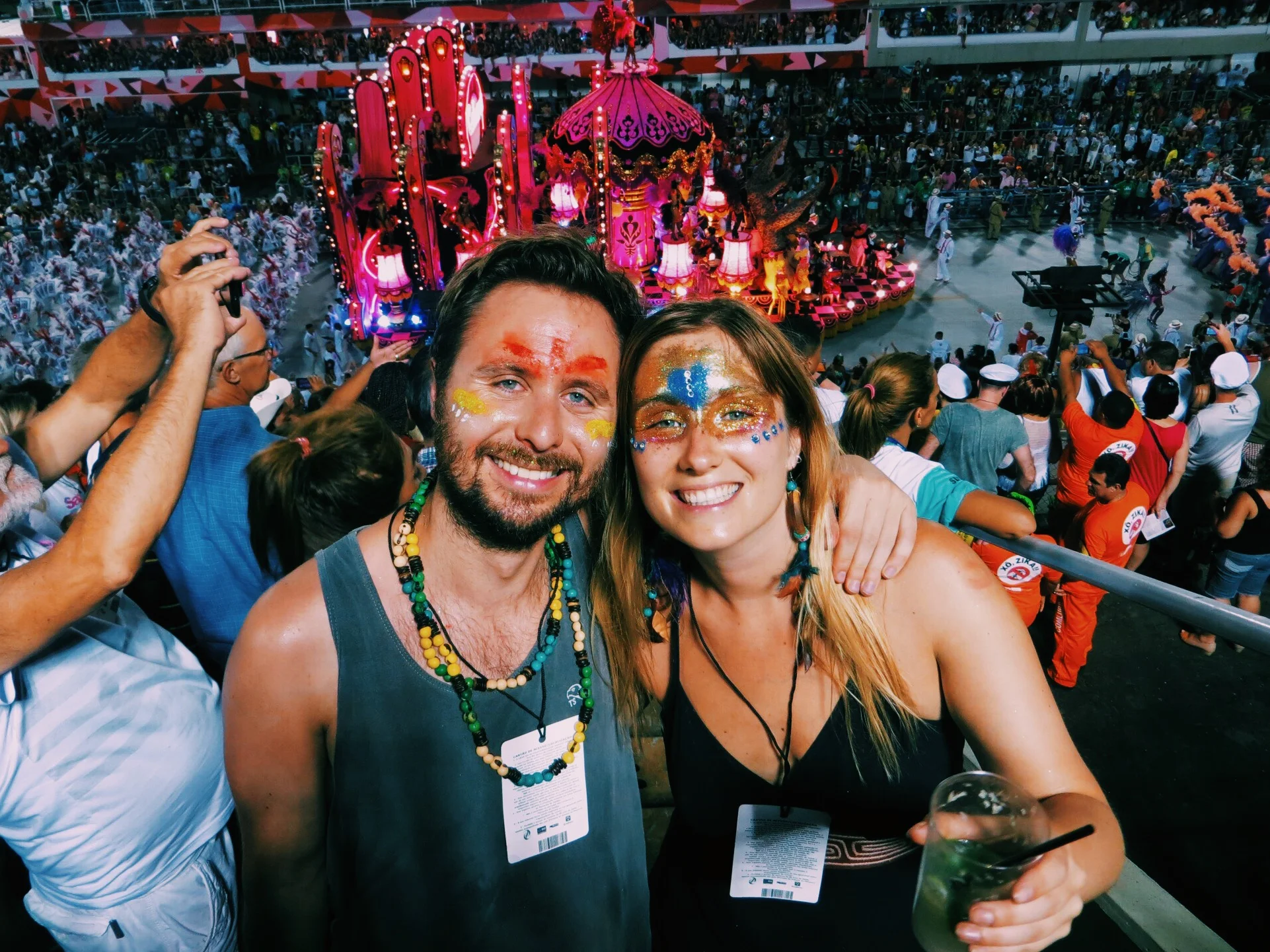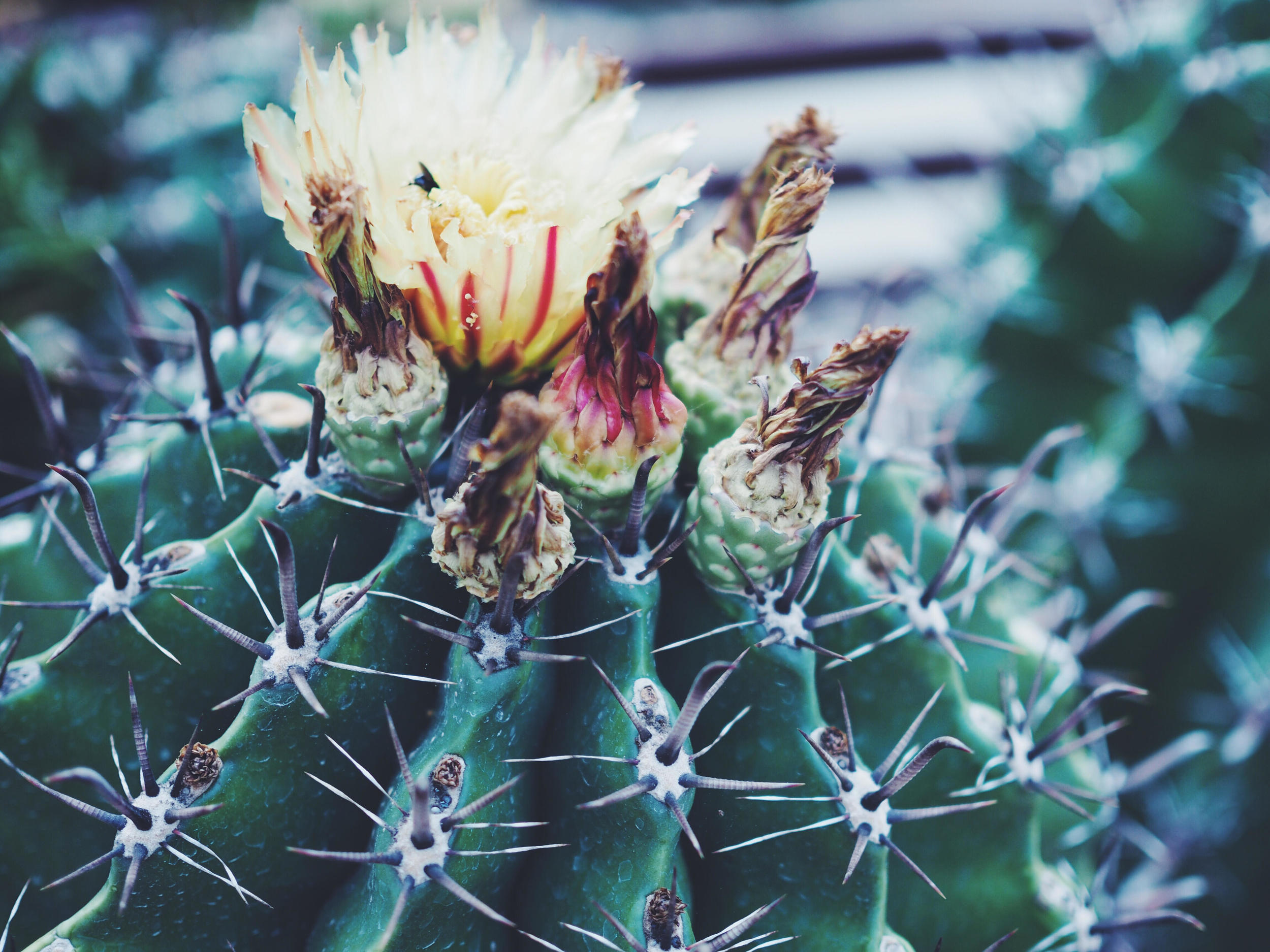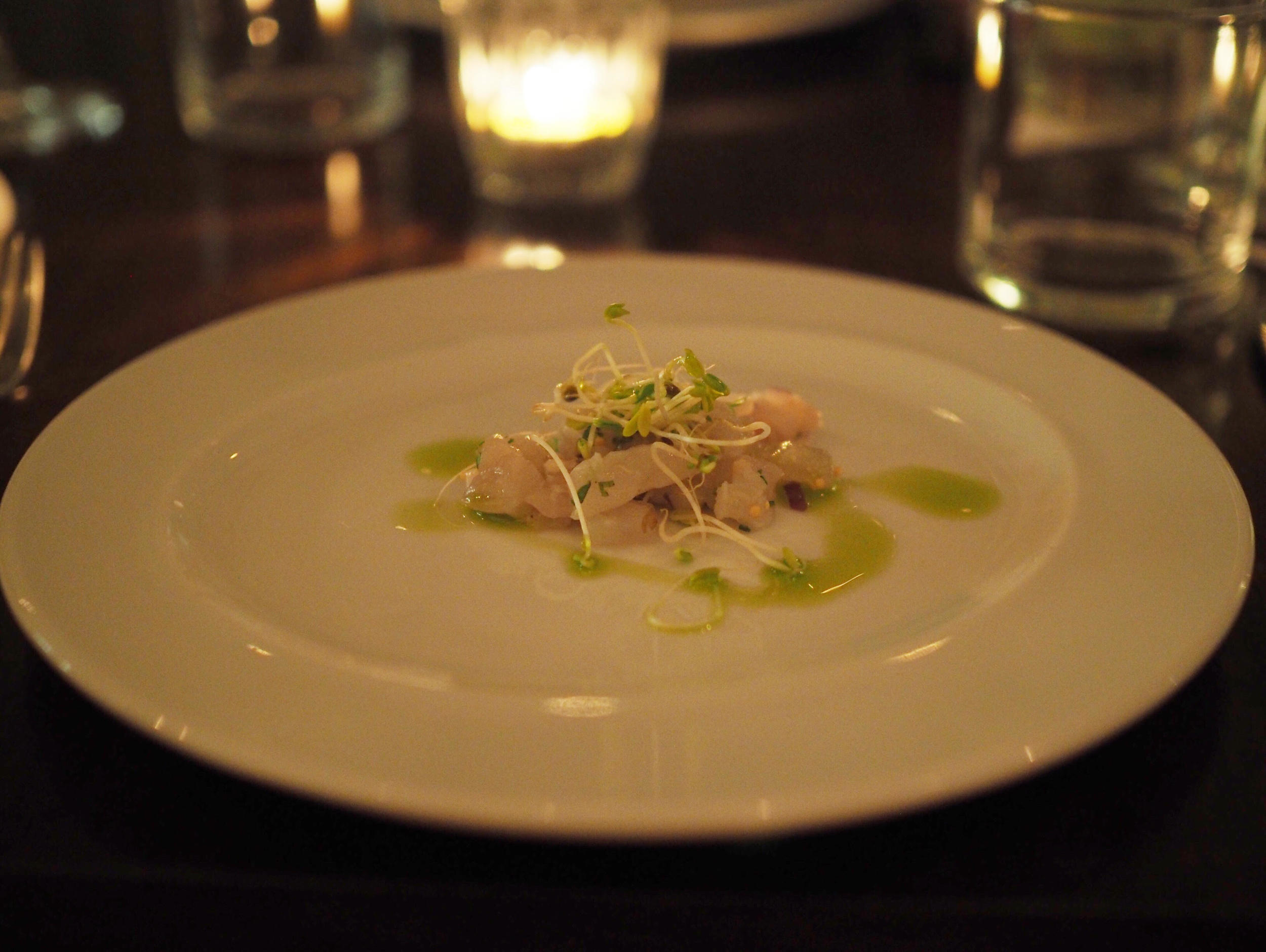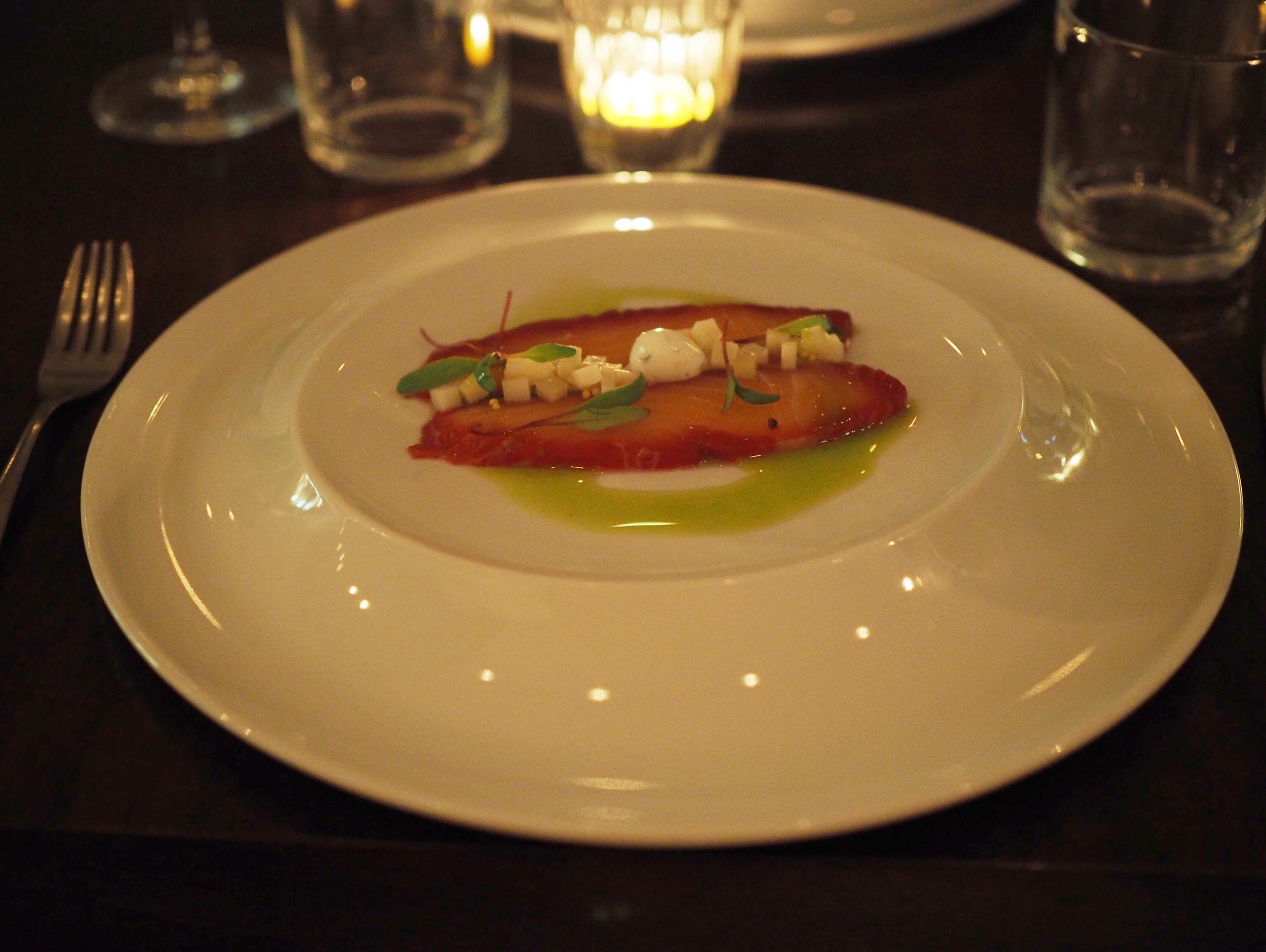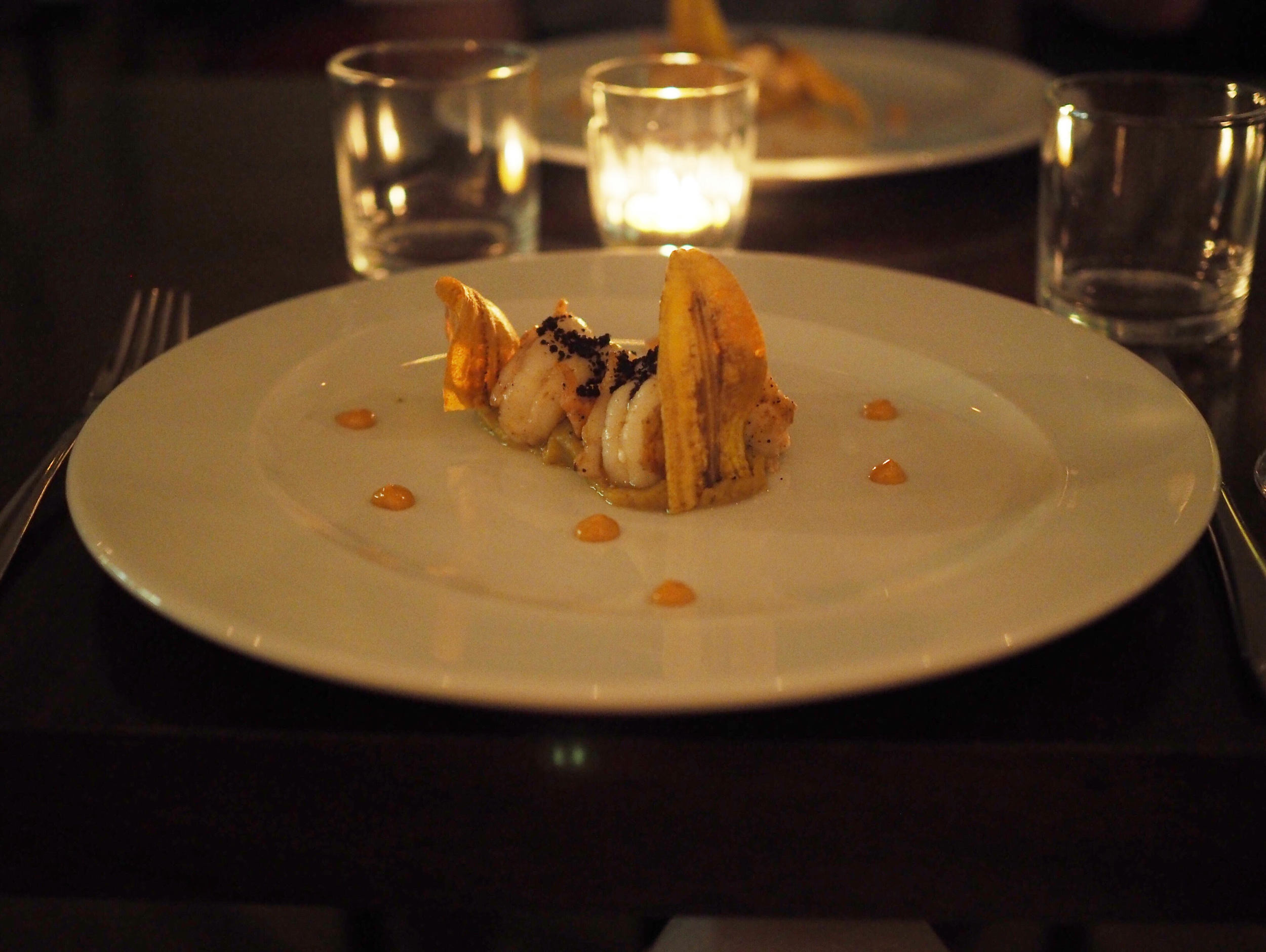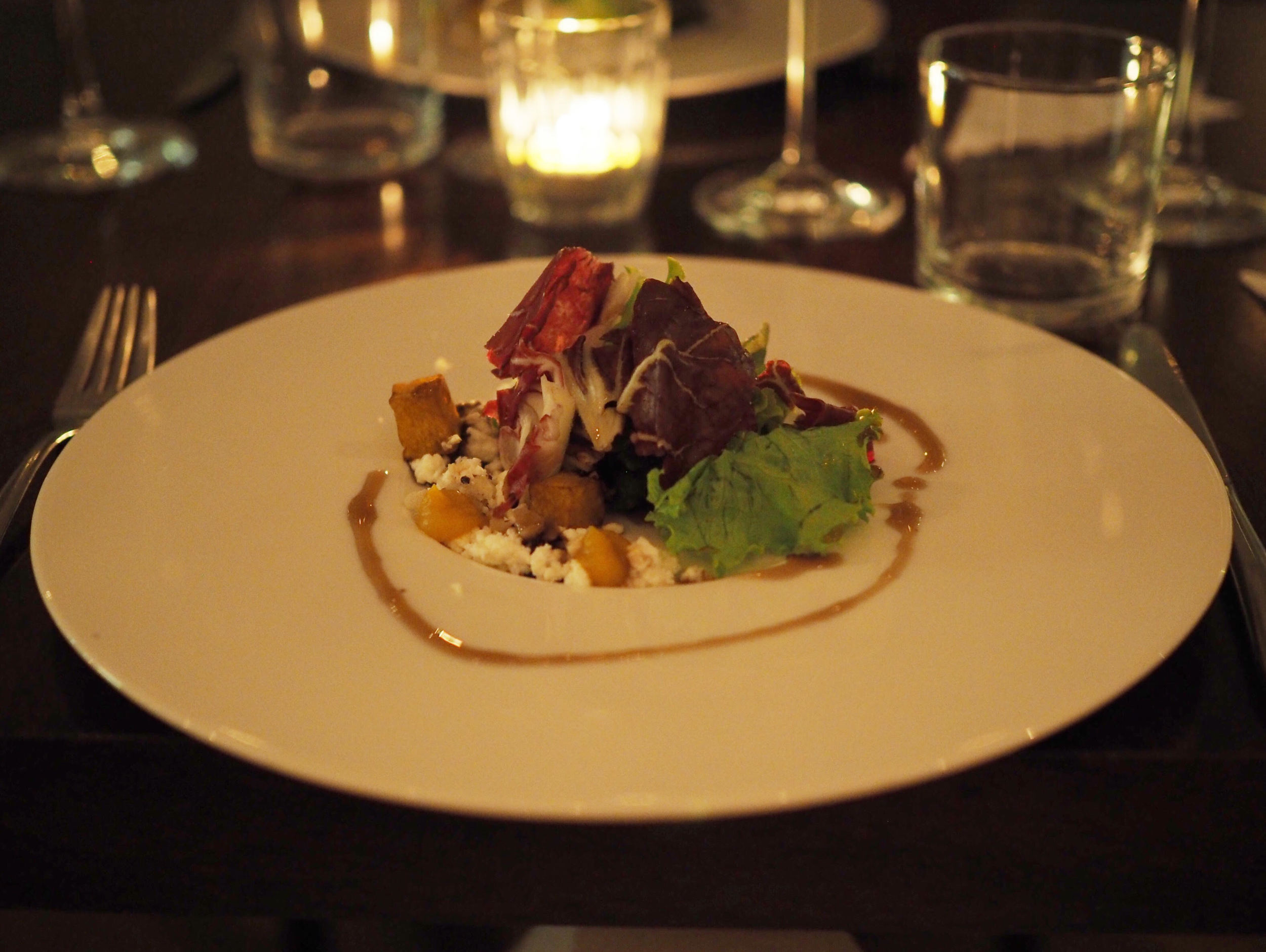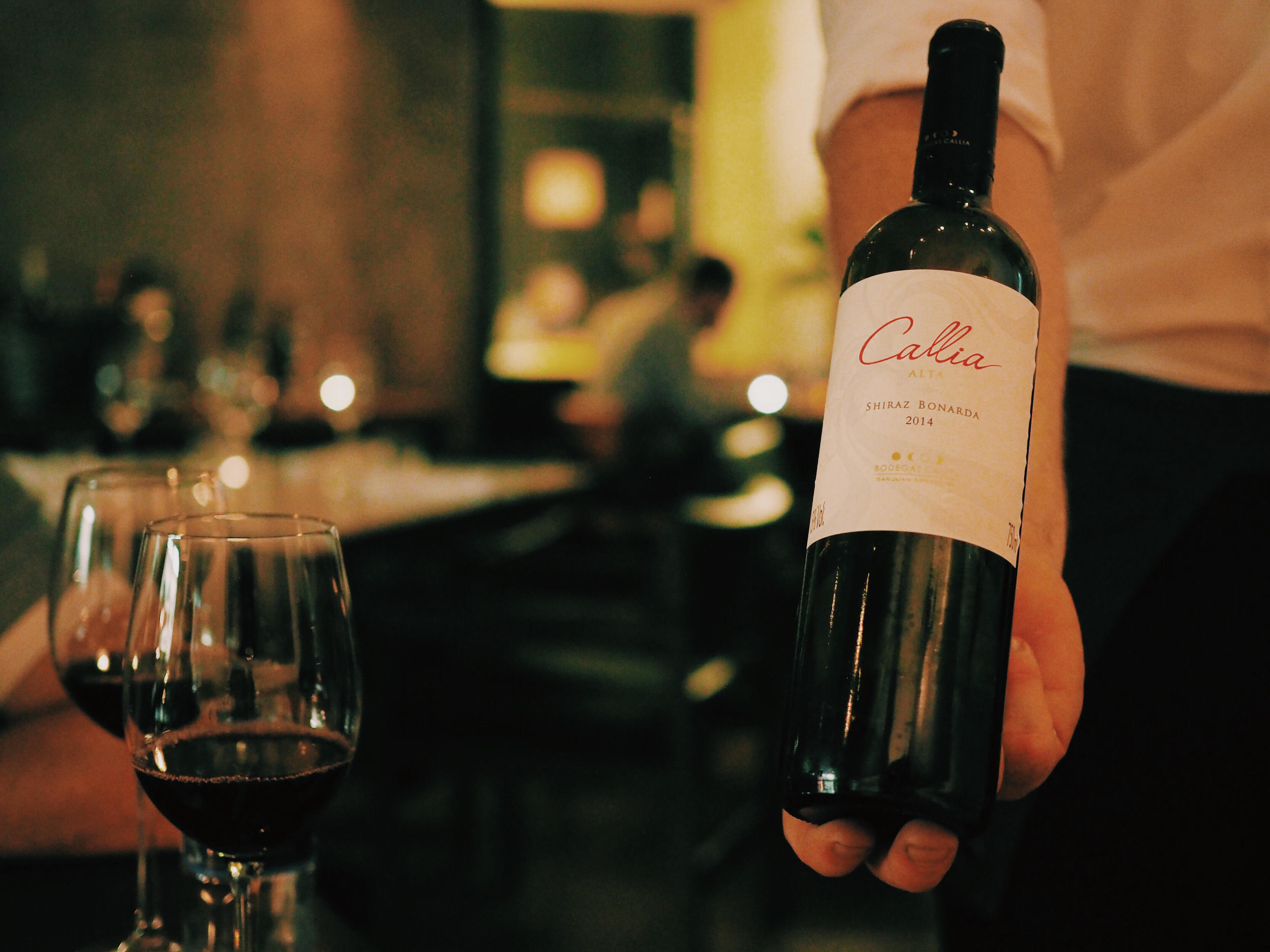Patagonia — Glacier Perito Moreno
El Calafate
After 10 brilliant days in Buenos Aires we decided to take our first inland flight south, and within three hours of leaving the vibrant, bustling capital we landed amongst blue skies, snow-topped mountains and dazzling turquoise lakes. We had arrived in El Calefate, Patagonia! A short bus ride later we were dropped at our hostel America del Sur, sat high on a hill overlooking the small town. It was a great mix of contemporary architecture and rustic hostel living, and gave fantastic panoramic views of the Lago Argentino. The hostel staff were very helpful and got us booked up on our exciting trek for the following day.
Glacier Perito Moreno
After a 2 hour bus ride through incredible Patagonian landscapes we were dropped at our first stop: the Balcony. We were given a few hours to walk around the various glacier viewing platforms, taking in the epic mass of ice from all angles. It was truly amazing; neither of us had ever seen anything like it before.
At 5km wide and 70m high it's sheer size is astounding, and it's surroundings equally impressive - it was hard to get your head around the scale! Every so often large chunks of ice would break off and crash into the freezing water below, and for 20 minutes or so we patiently waited and listened to see if we could catch one before it hit the water. We had a quick packed lunch we'd previously prepared overlooking the amazing glacier.
The Glacier Trek
After returning to our coach, we could hardly believe that the best was yet to come. We boarded a catamaran and set off for a hike on the glacier itself. The approach was spectacular, and as Moreno grew in size so did our excitement! After getting off the catamaran we walked along boardwalk through a small stretch of woods and stopped at a row of wooden huts to prepare for our trek.
After getting our crampons (spiked shoe attachments for grip) on our feet and a quick lesson in walking on ice we were off. Less than 5 minutes into the trek it felt like we'd entered another world. Huge mountains of white and mineral enriched blue ice towered around us as we snaked through the truly awesome landscape. It felt like we were on another planet!
The trek was rounded off with a lovely touch of whisky on the rocks, where of course, the ice was chipped straight off the glacier in front of you - it tasted amazing! The trek had been one of our most expensive days on our travels, but one in which we both agreed had been an experience of a lifetime. It jumped right to the top of our list as the highlight of South America so far!



